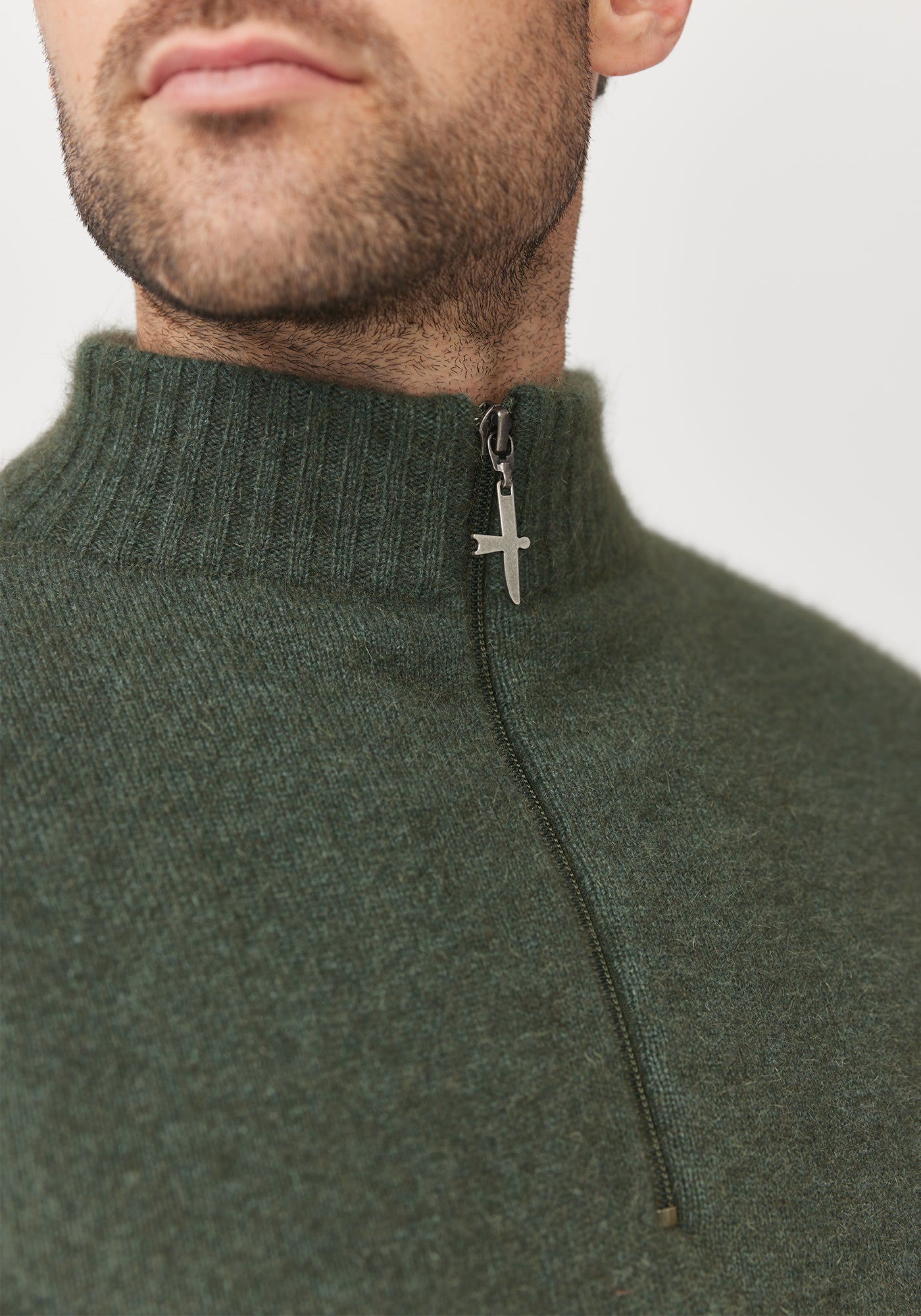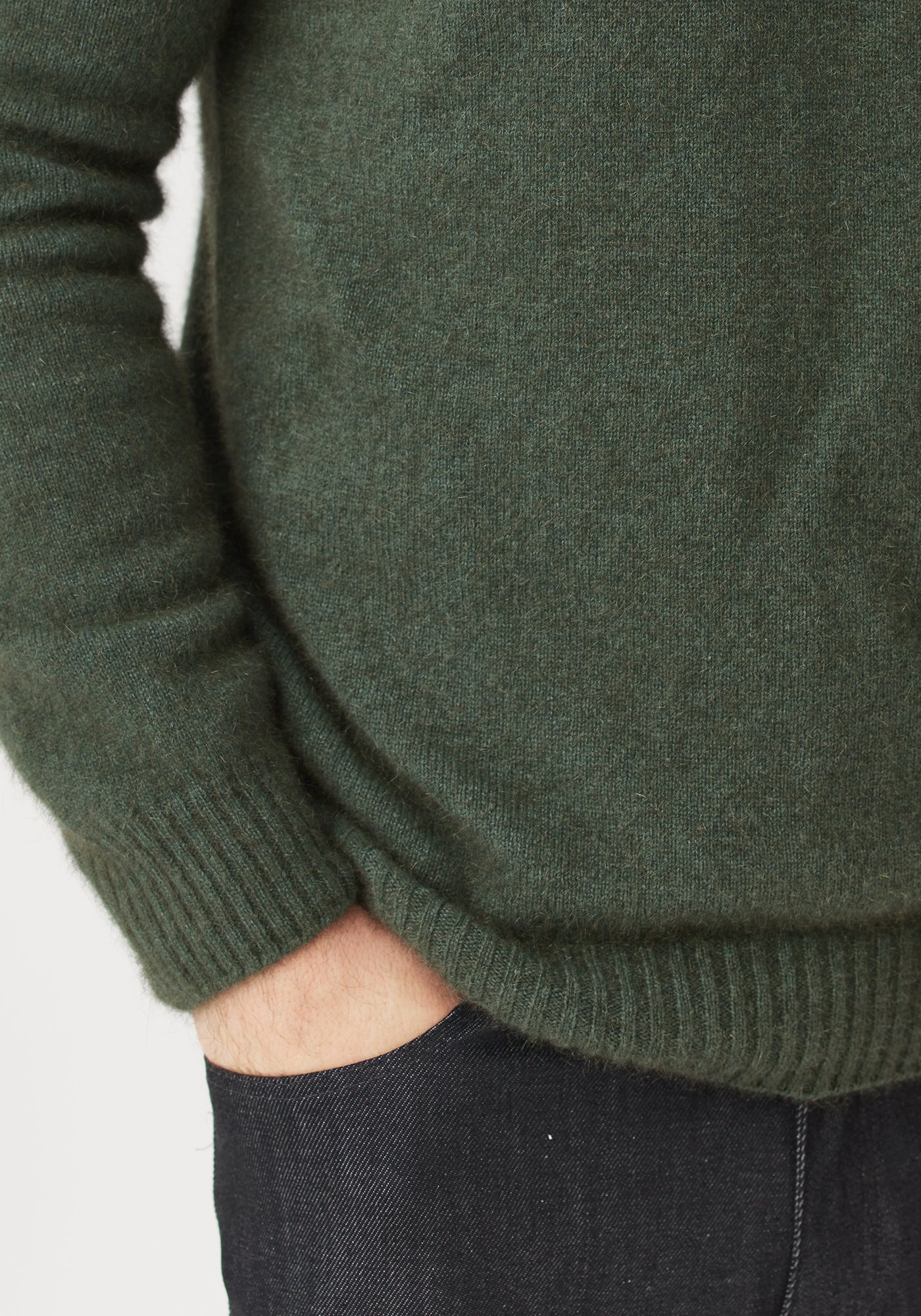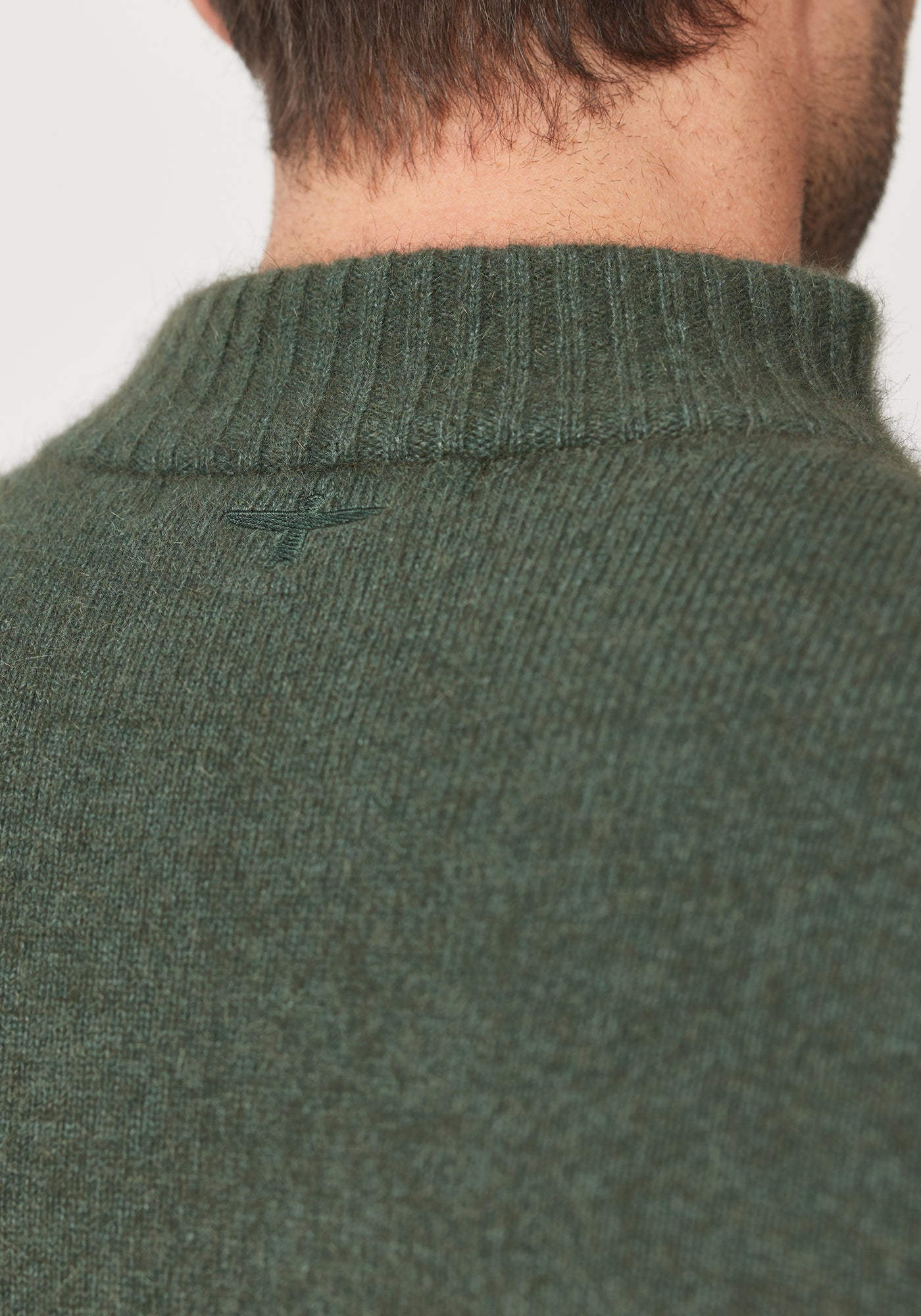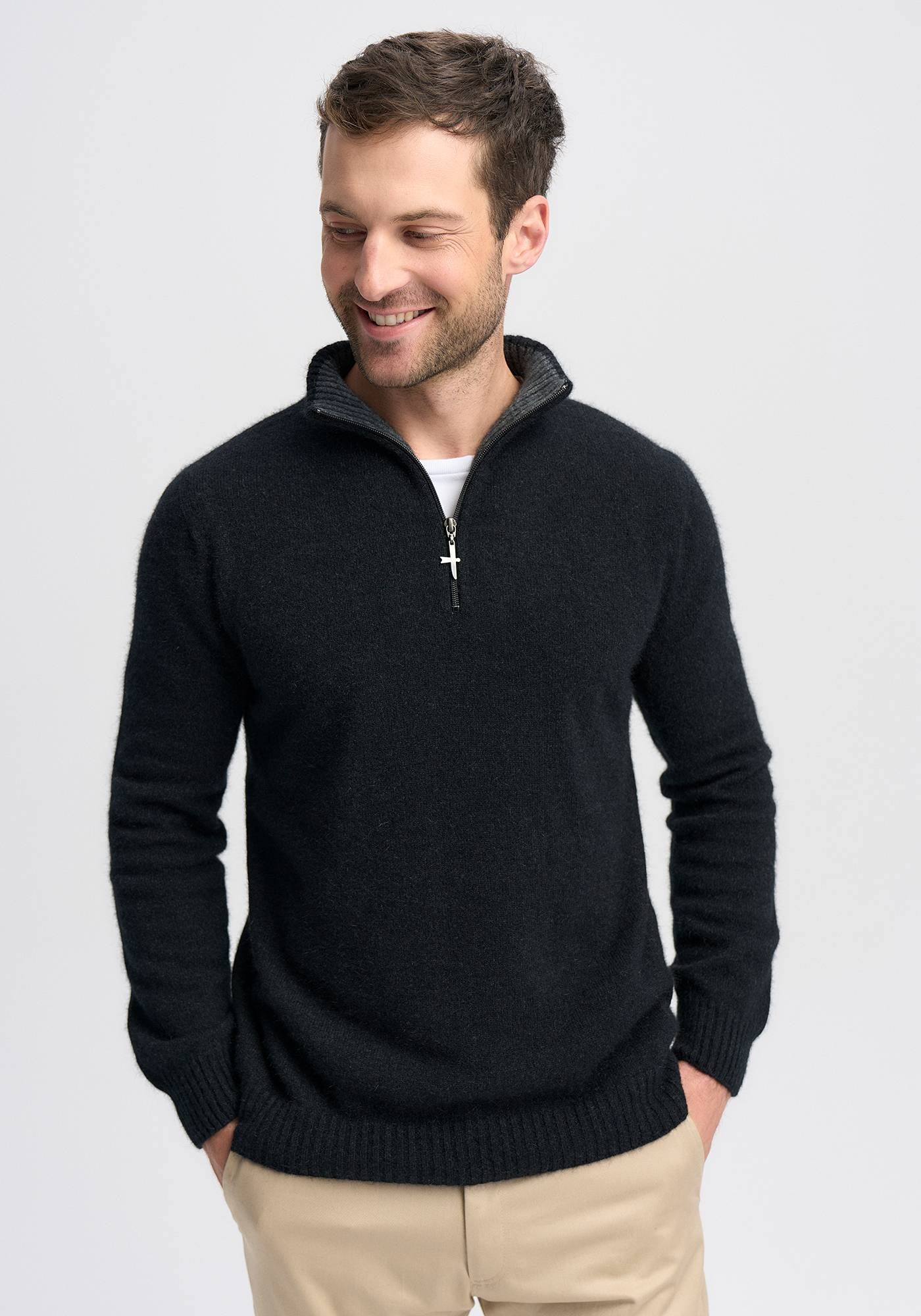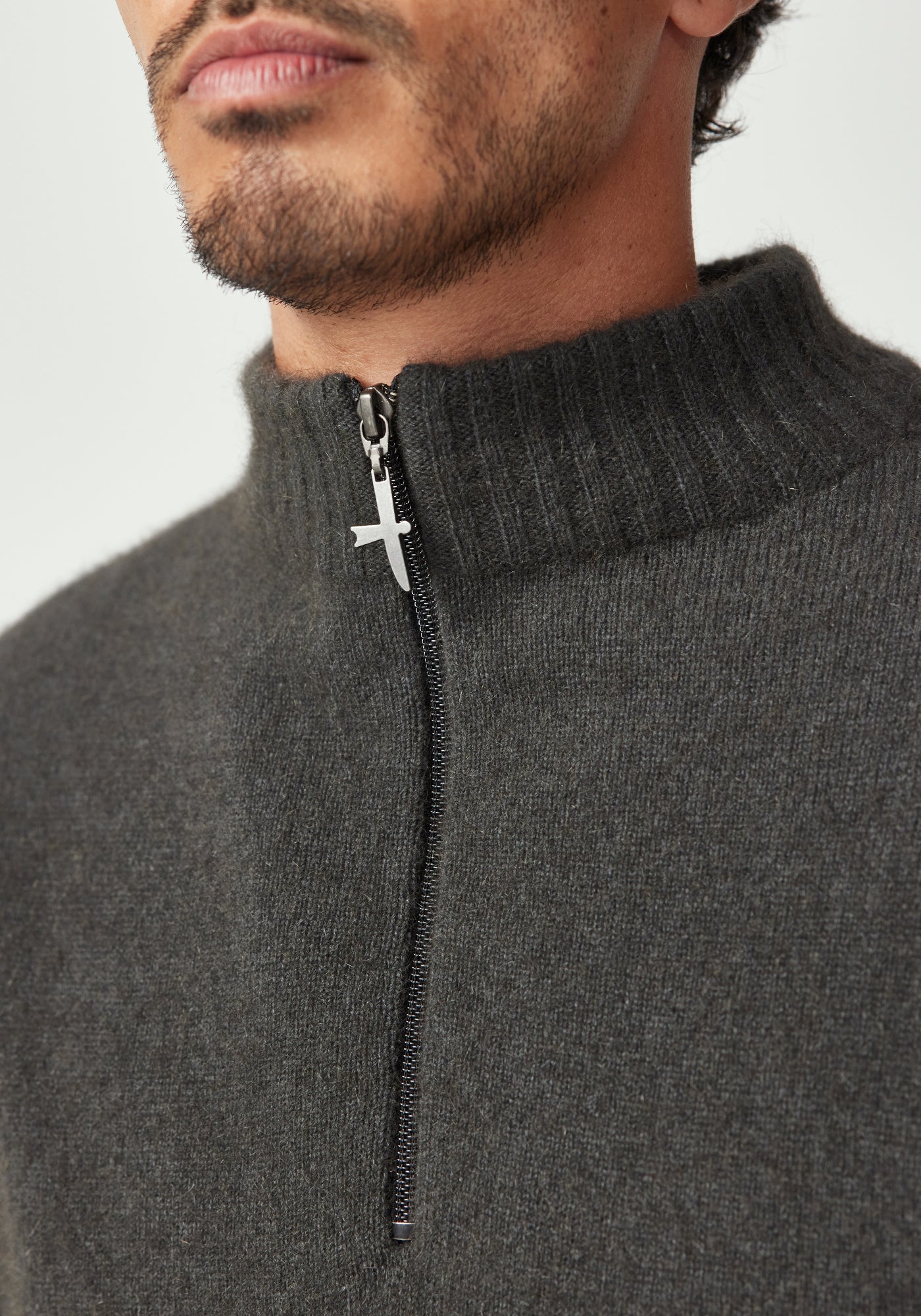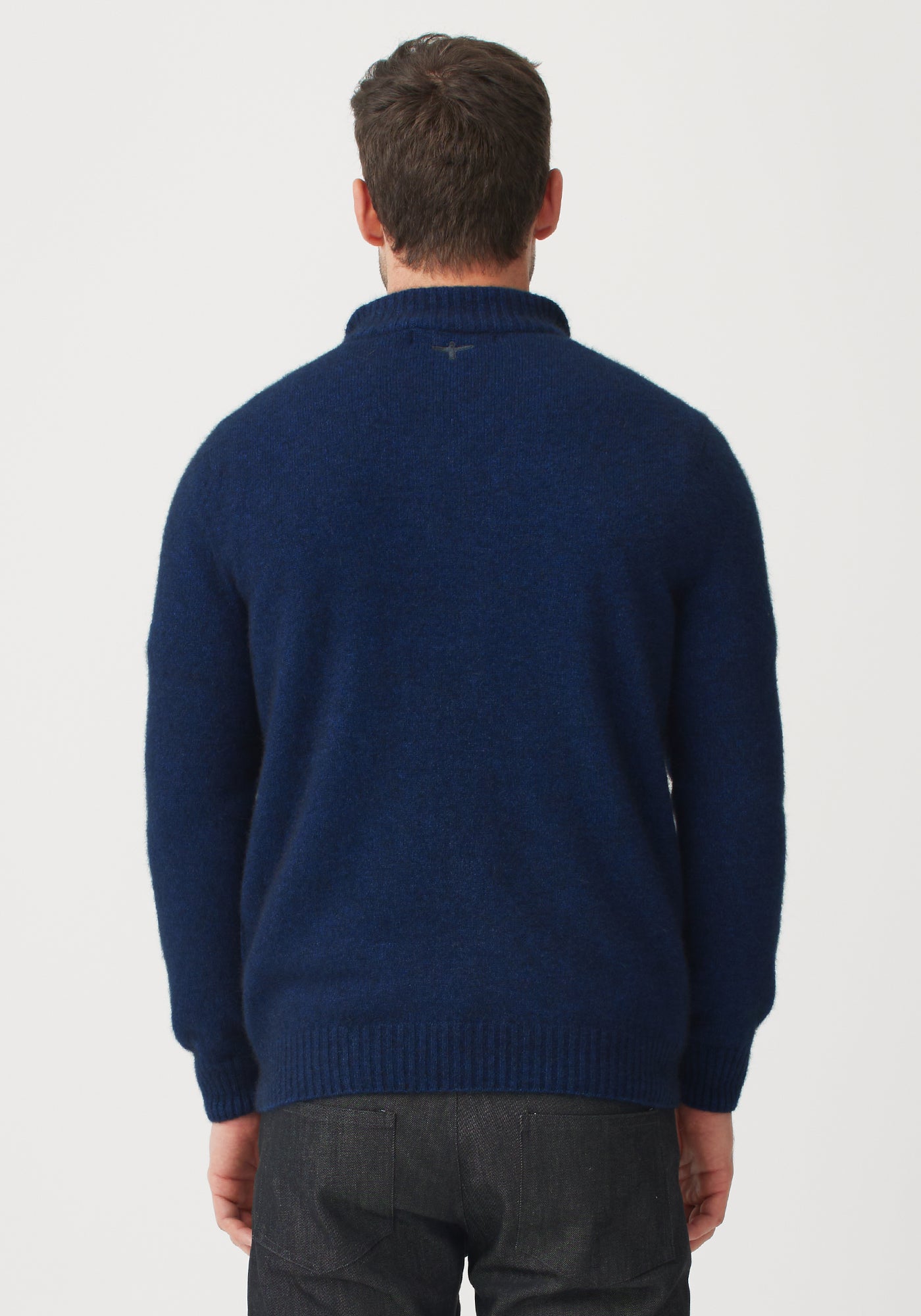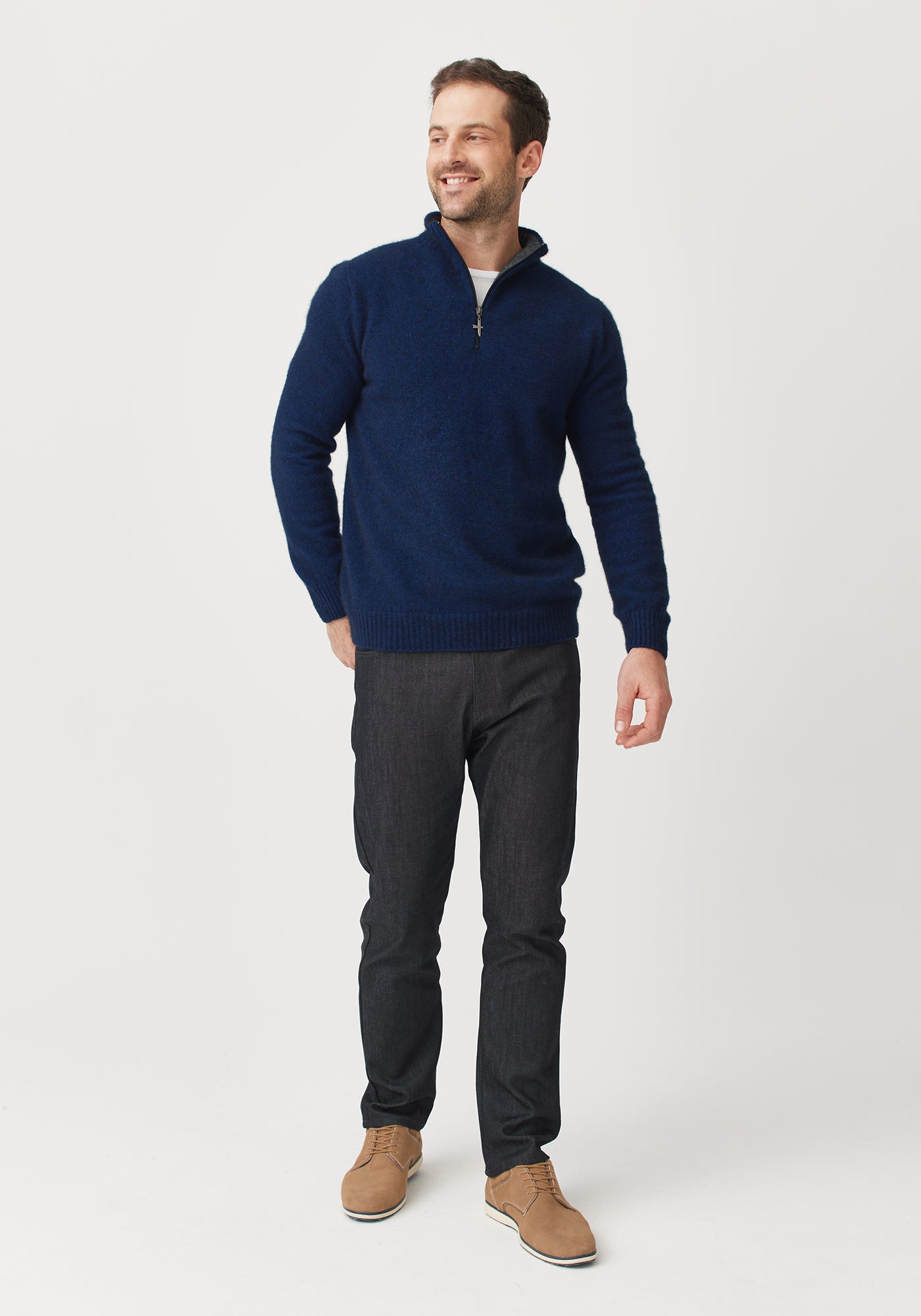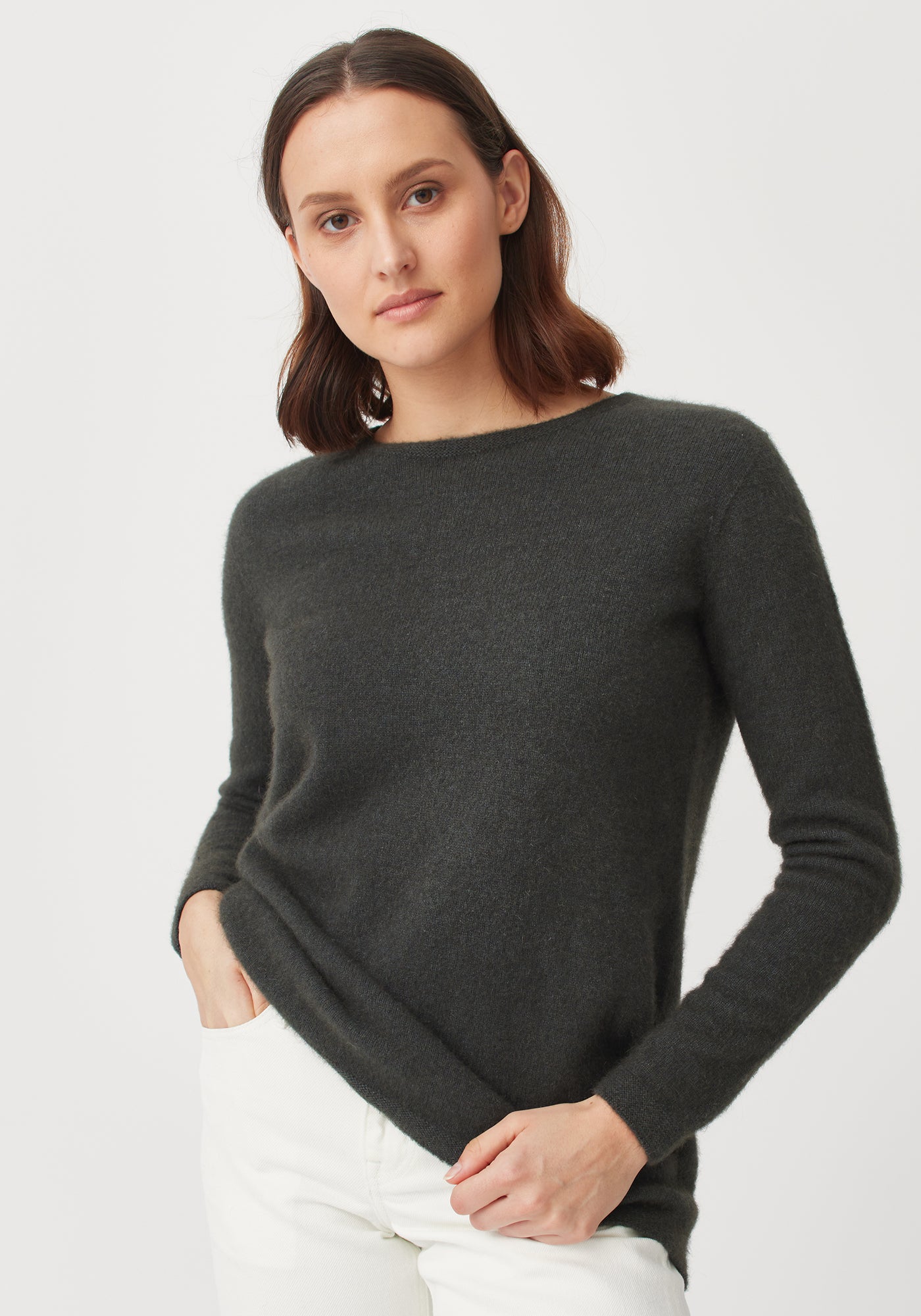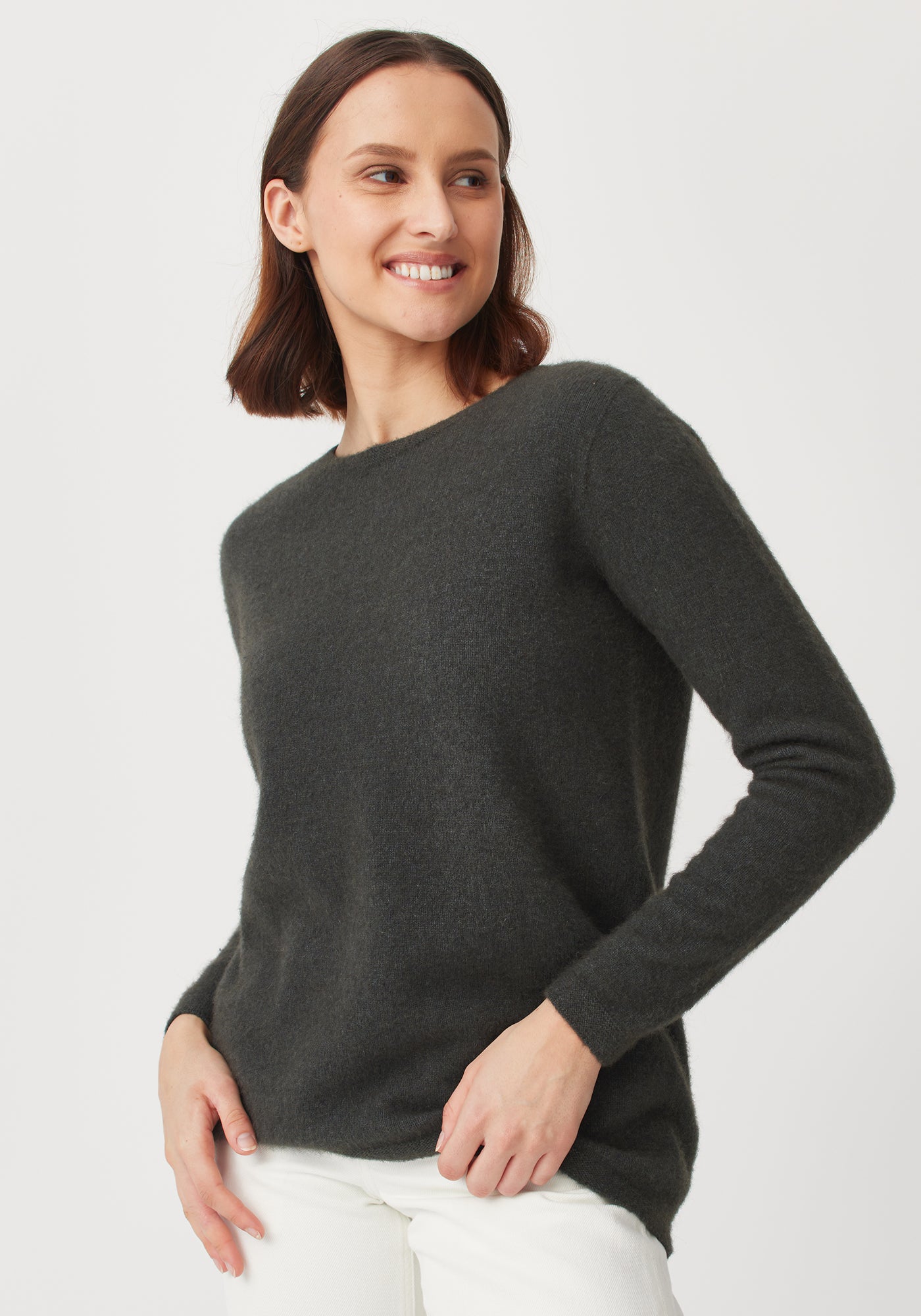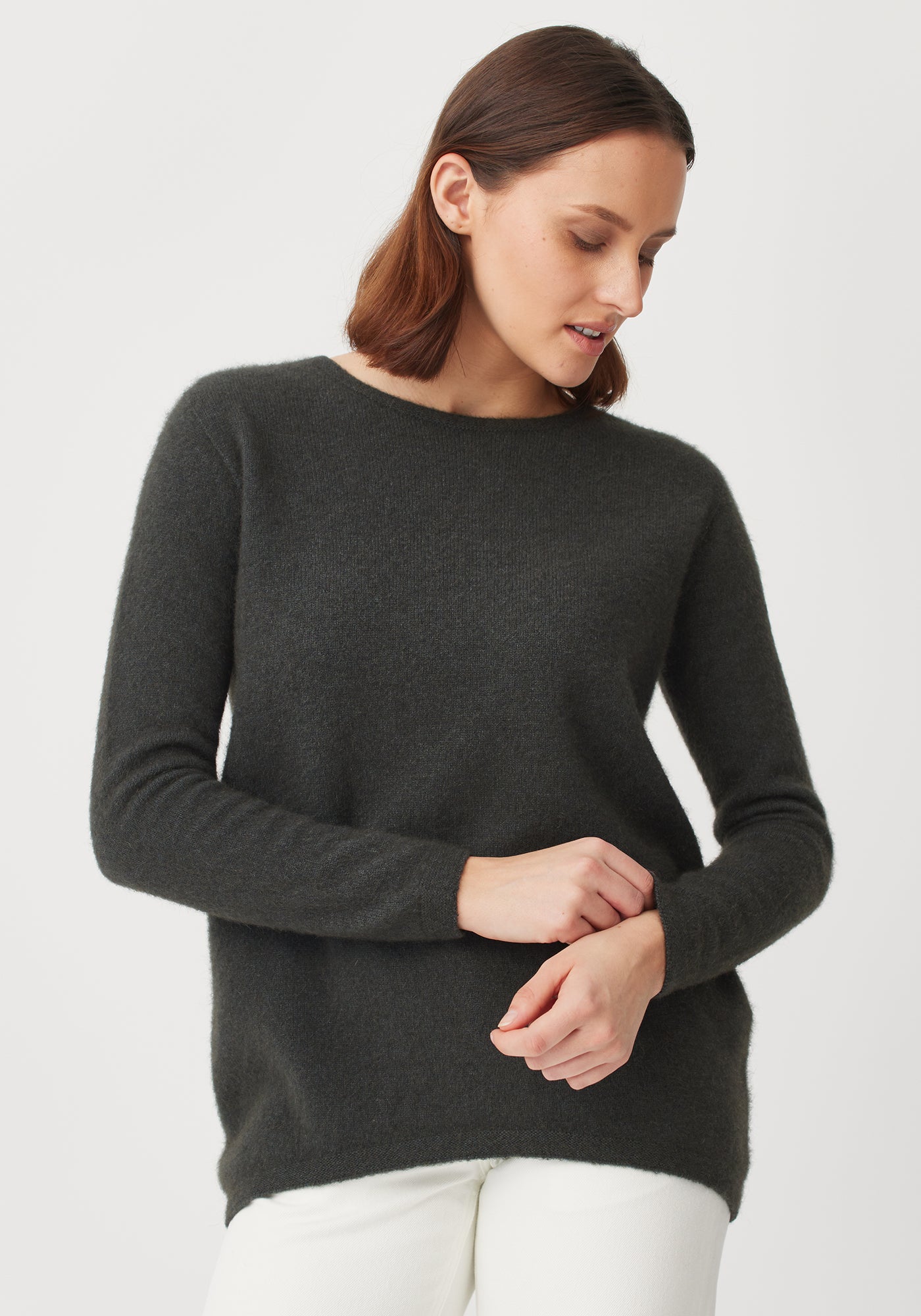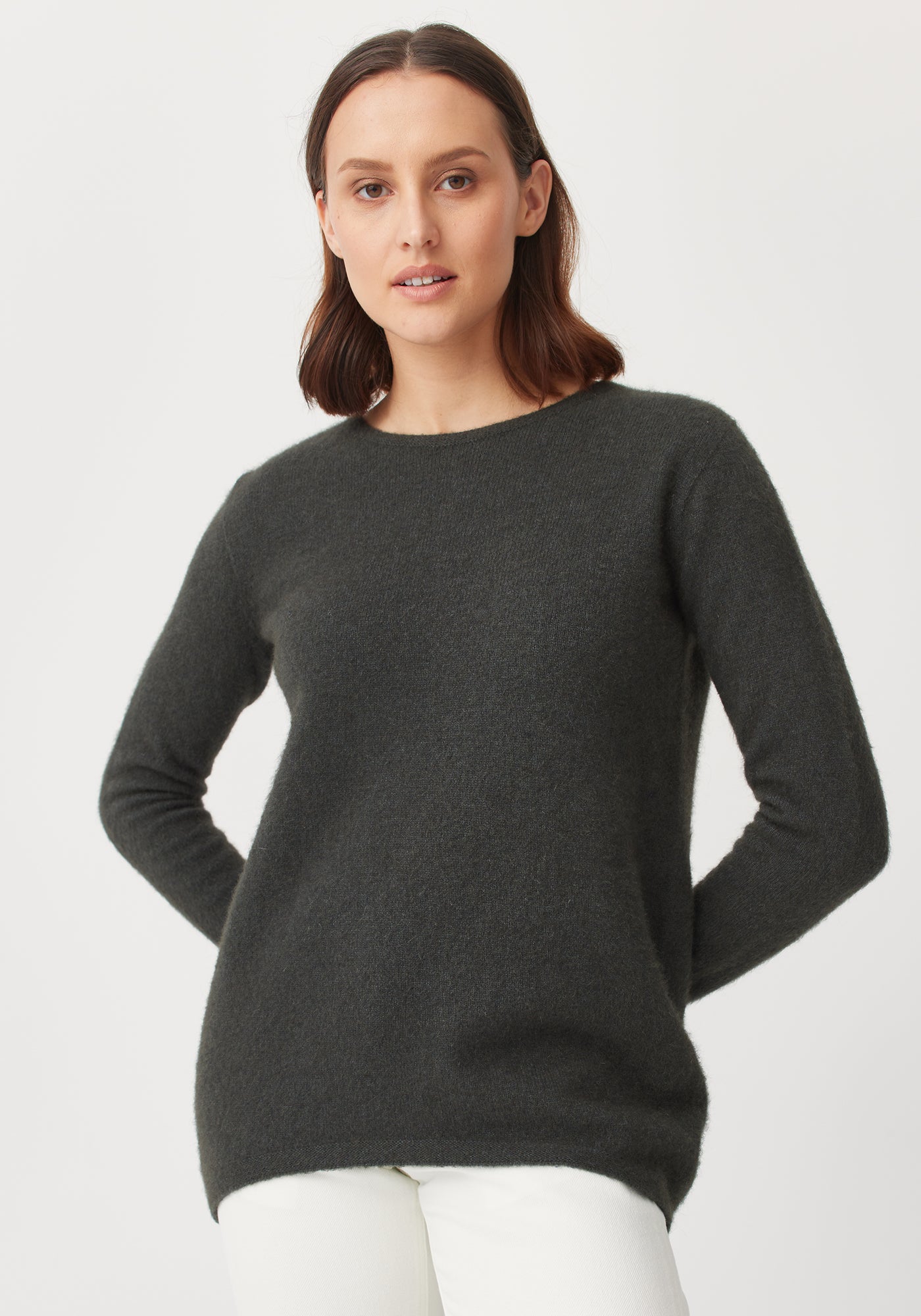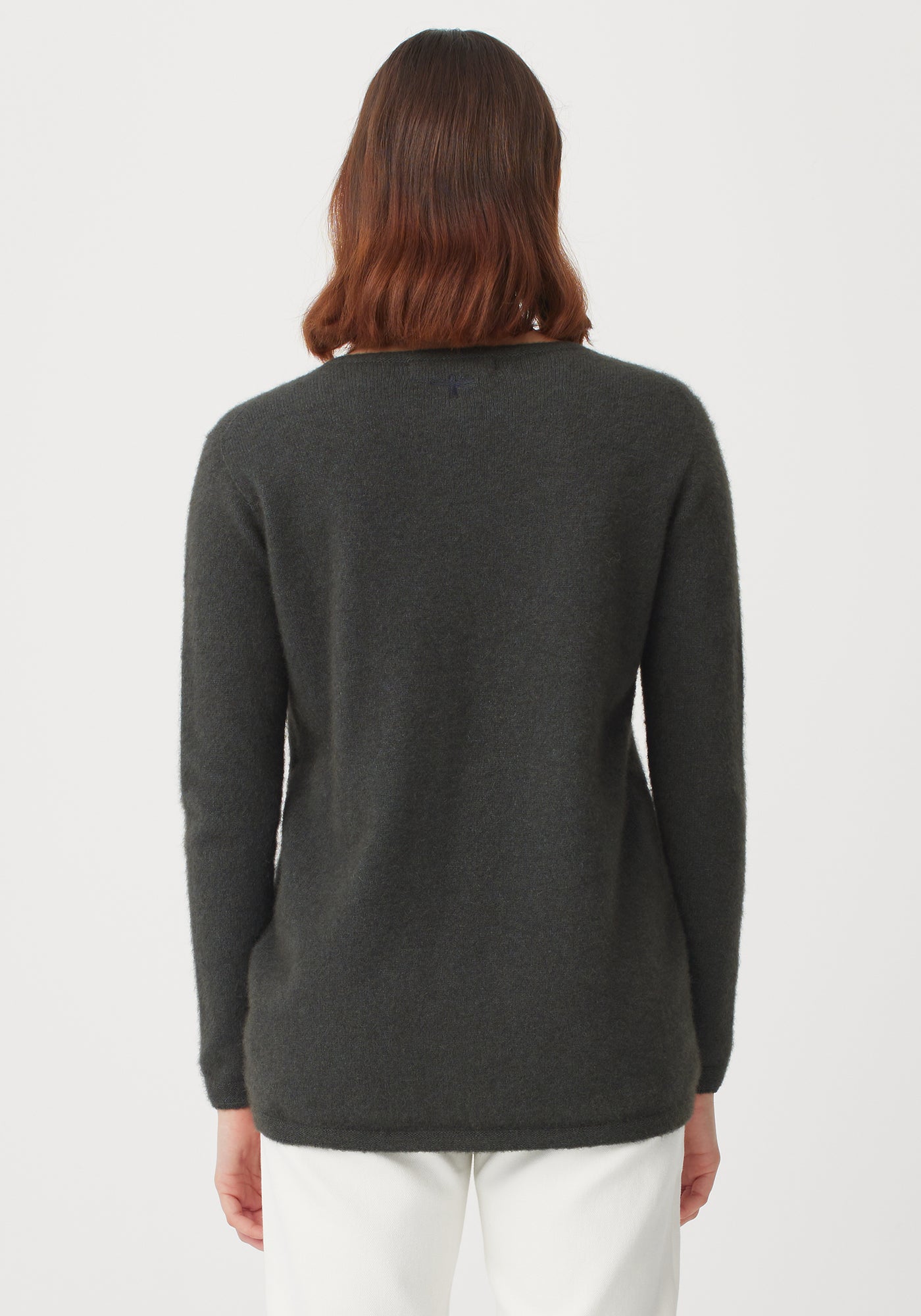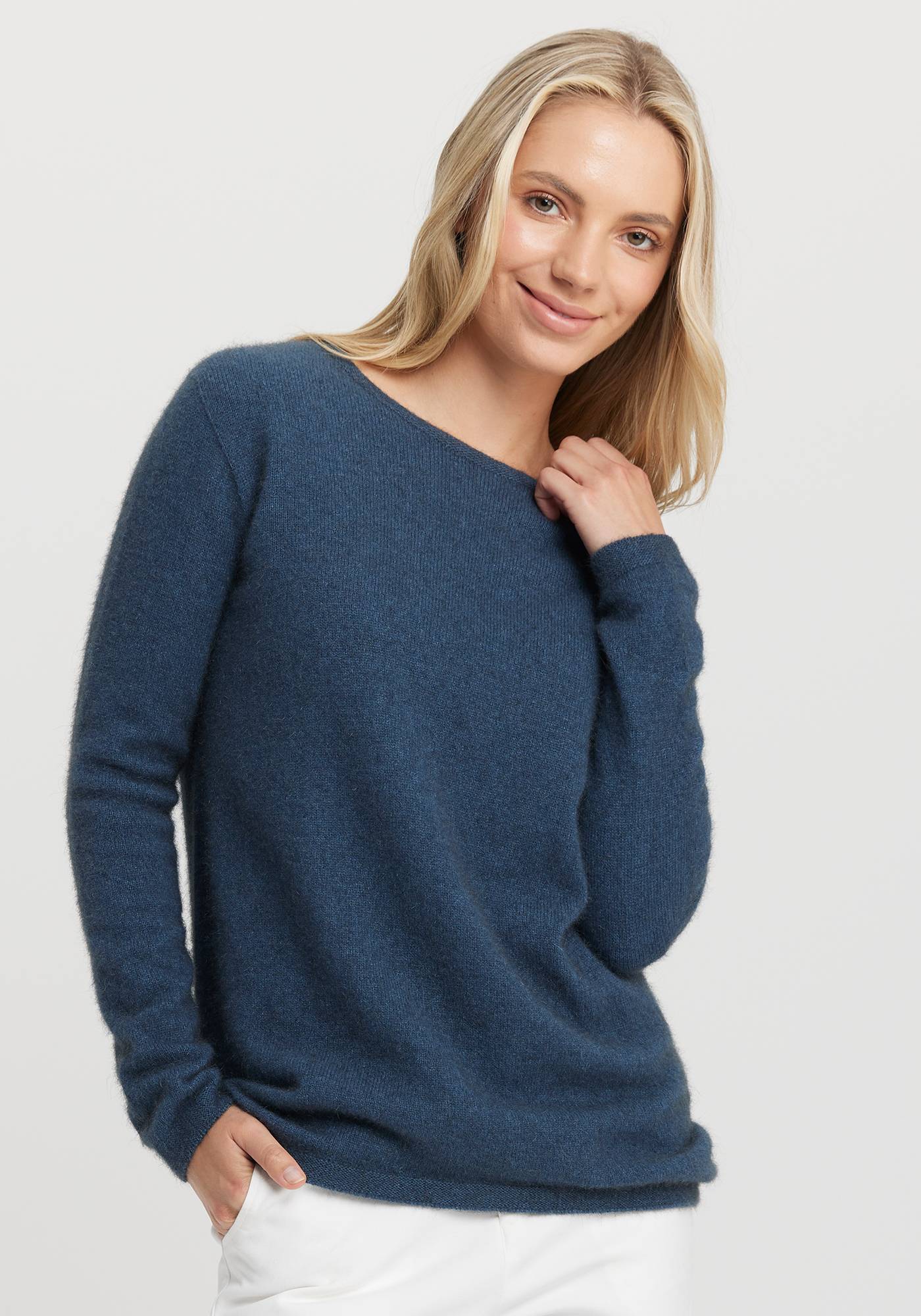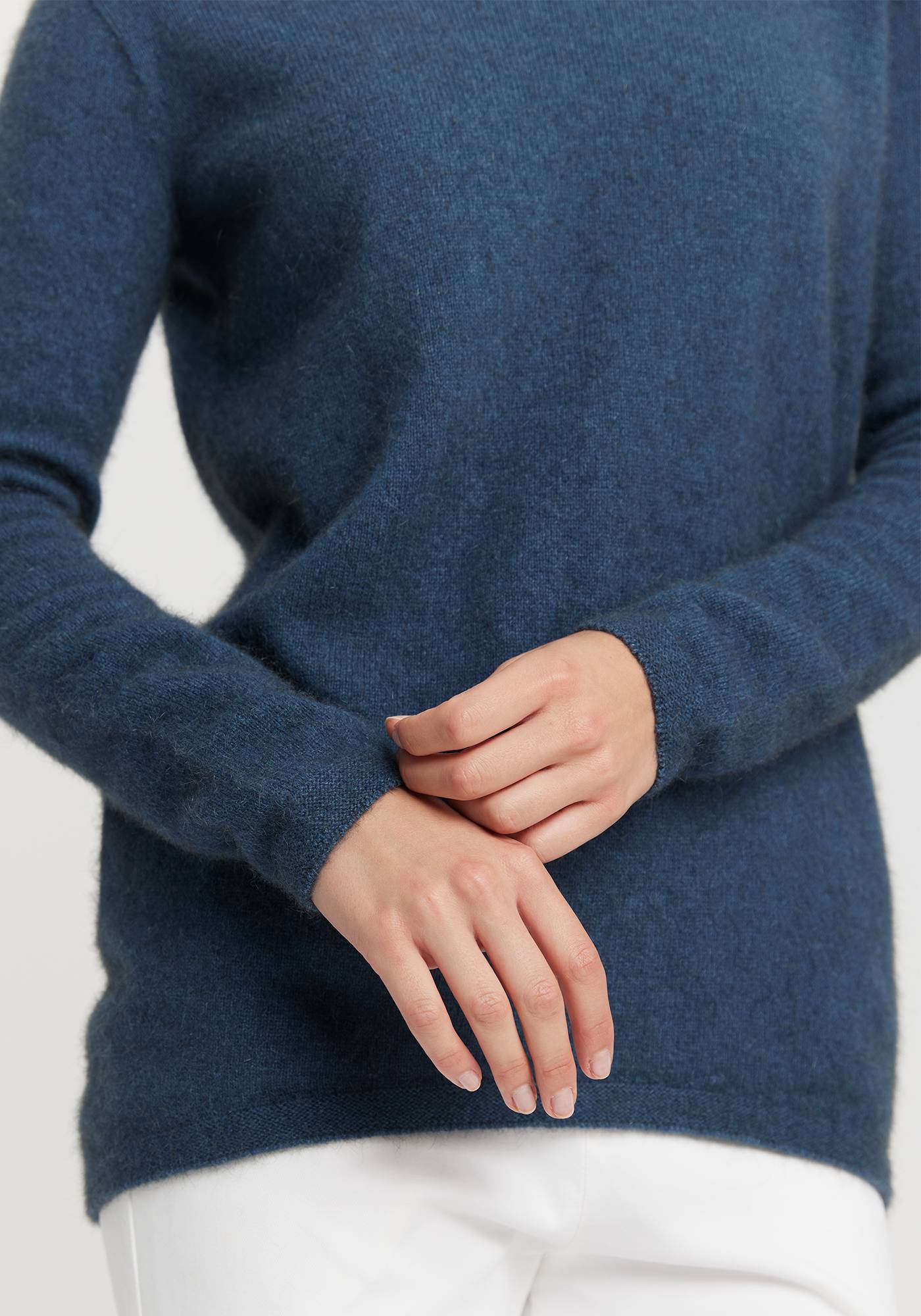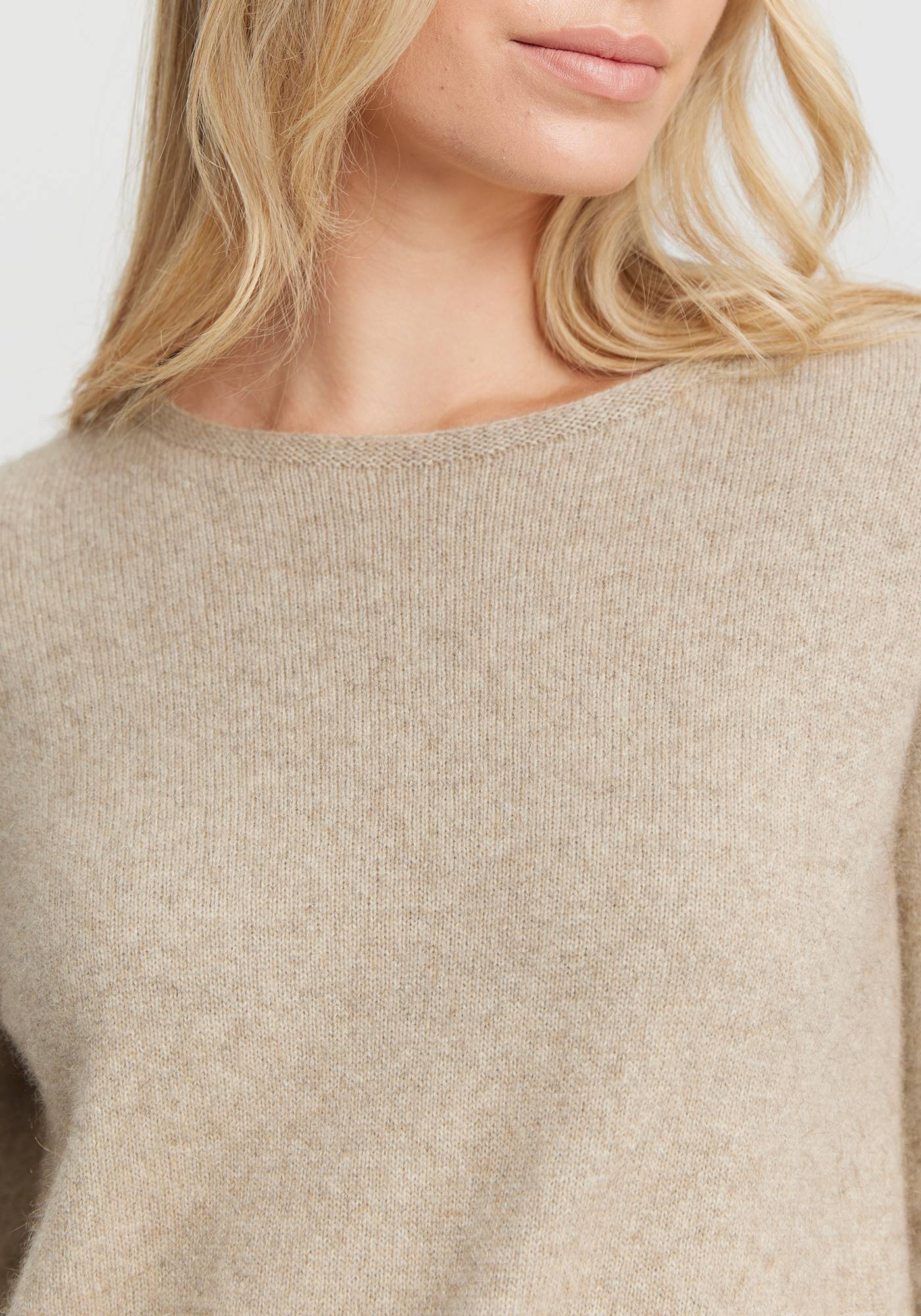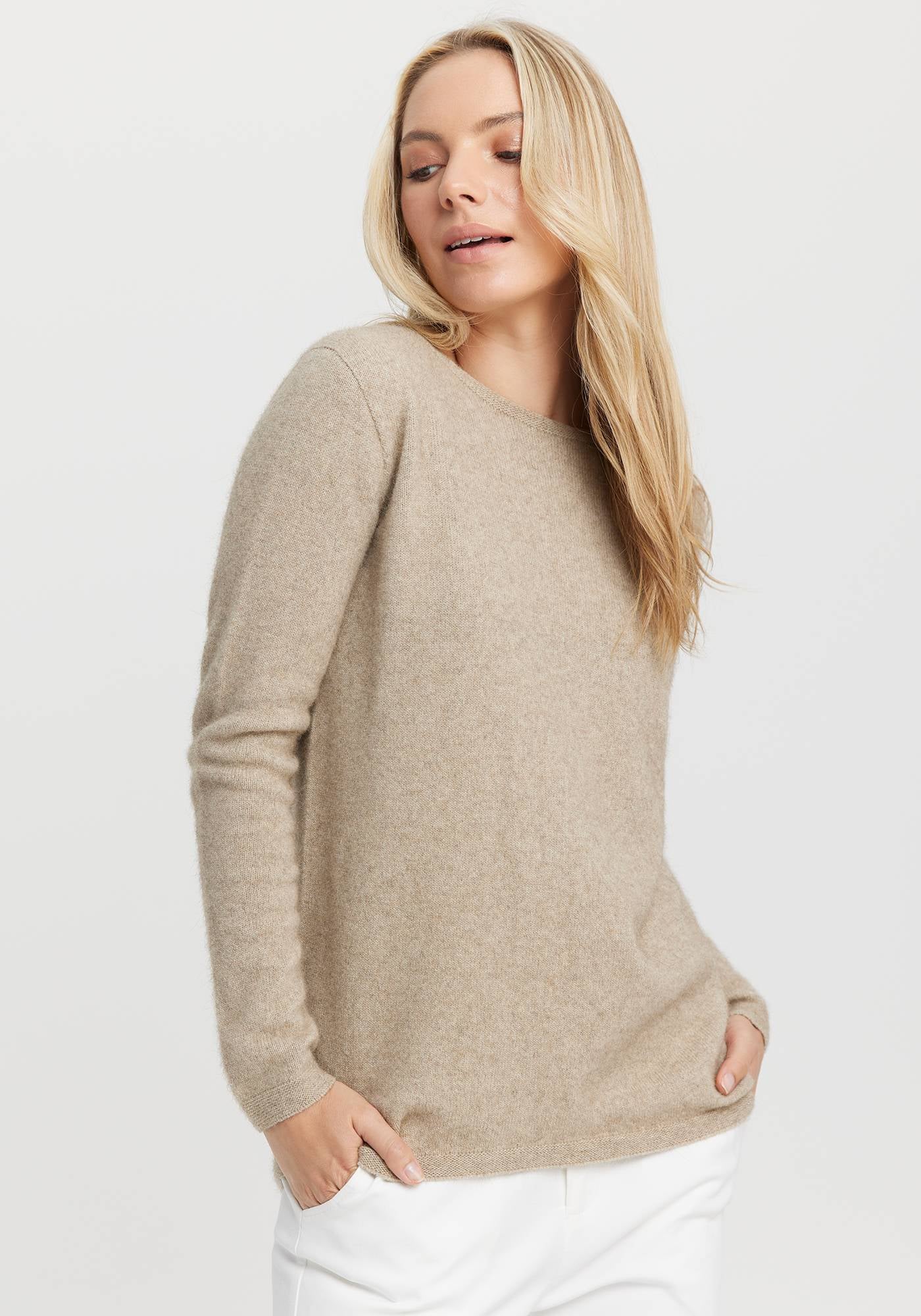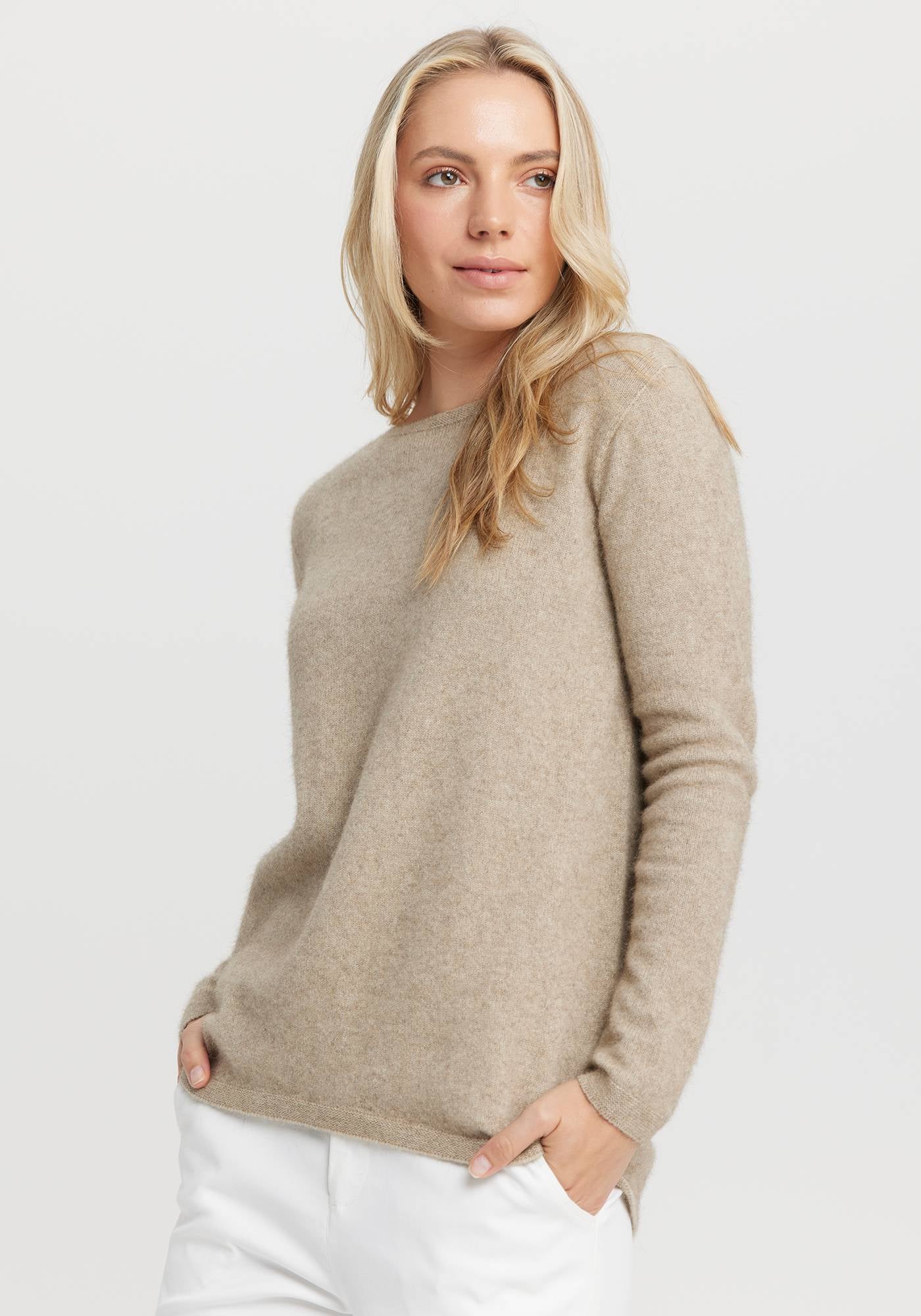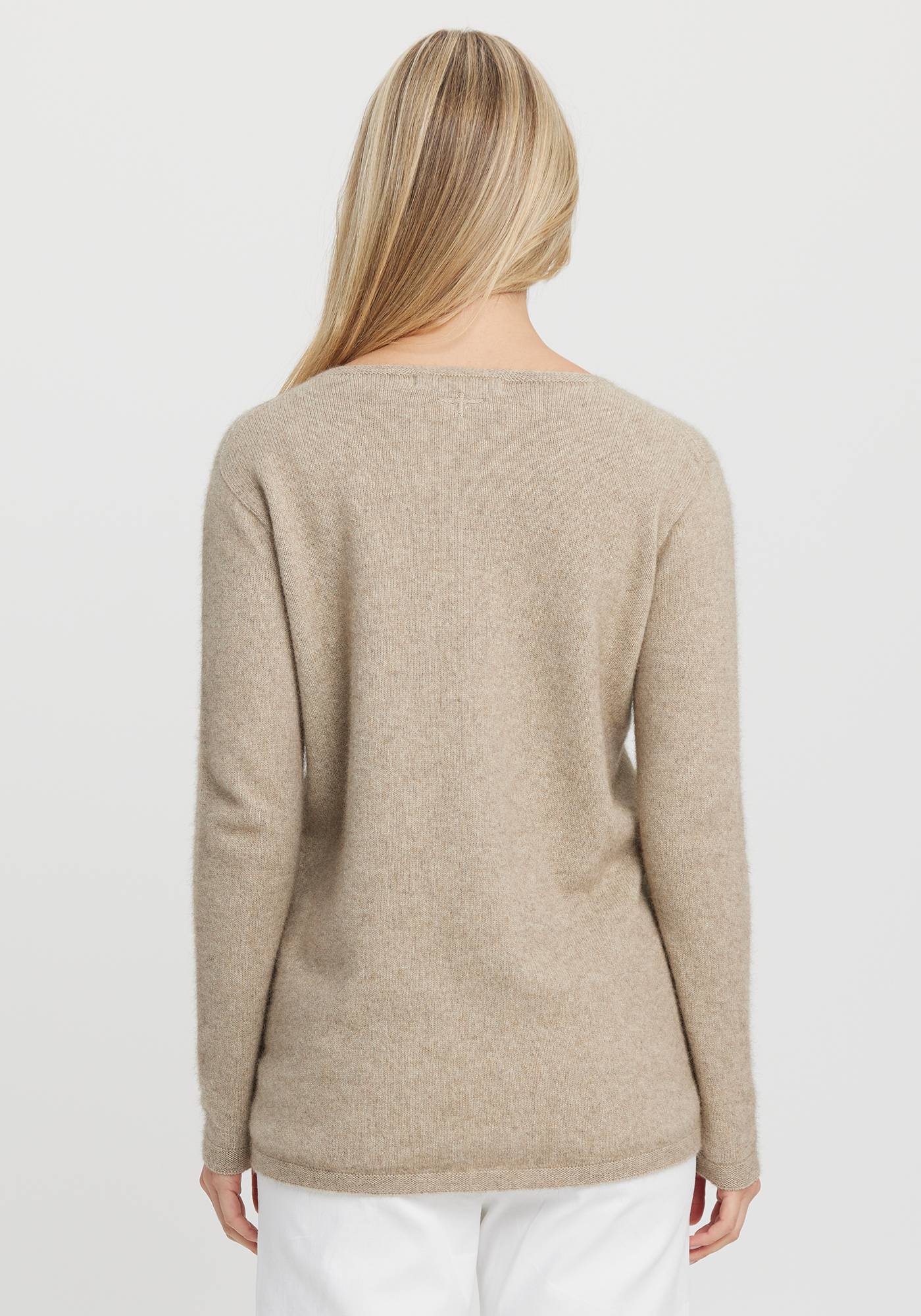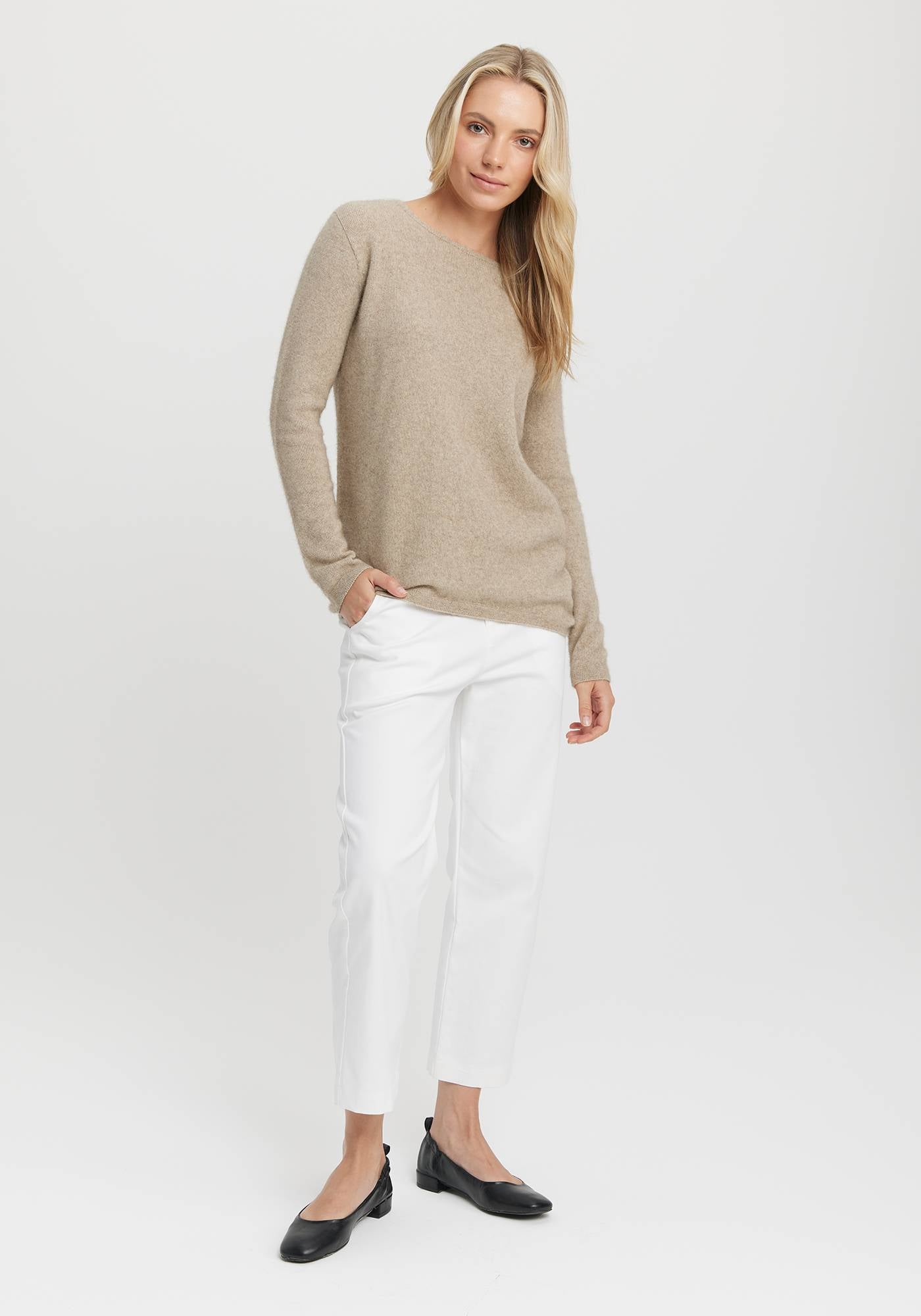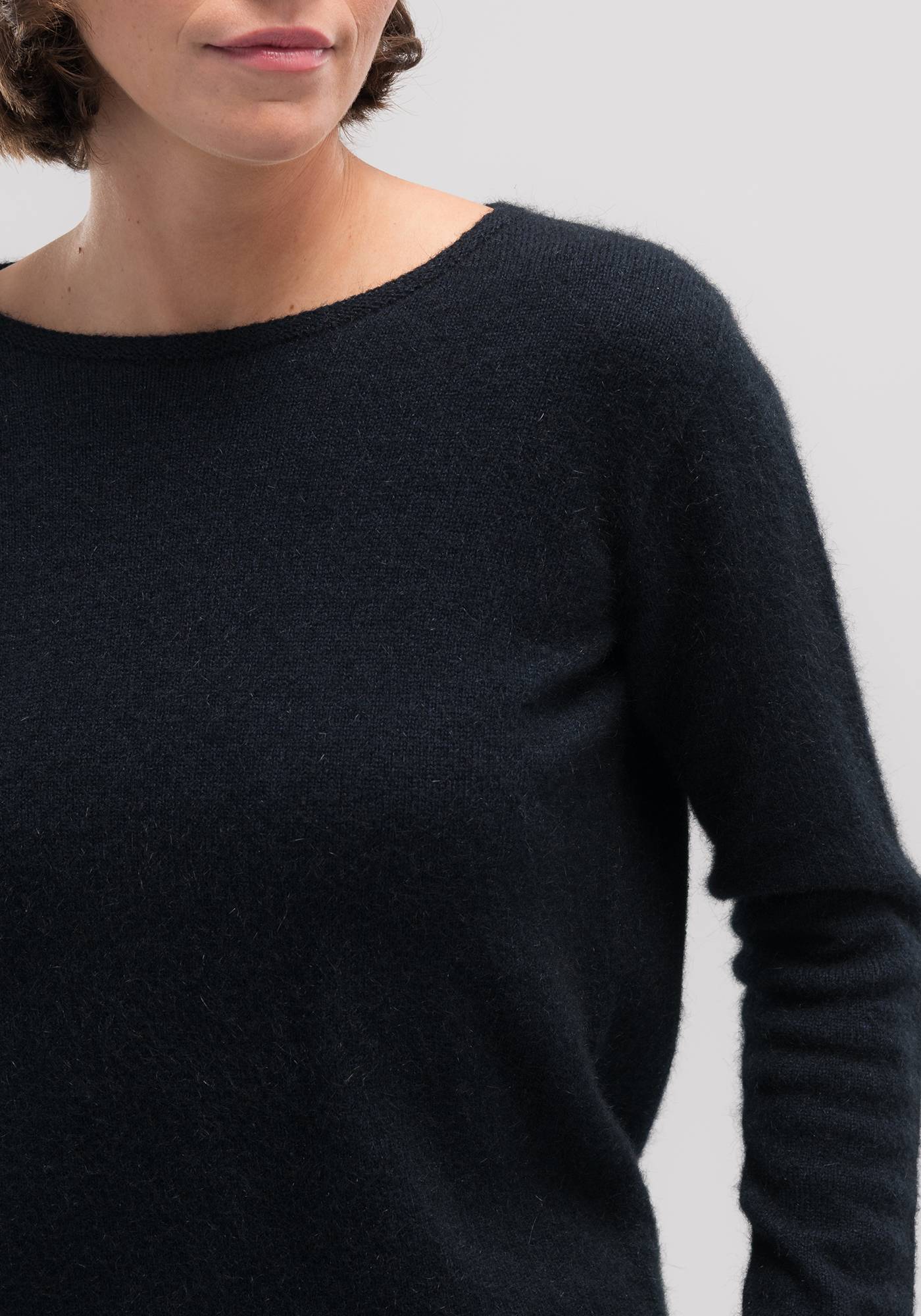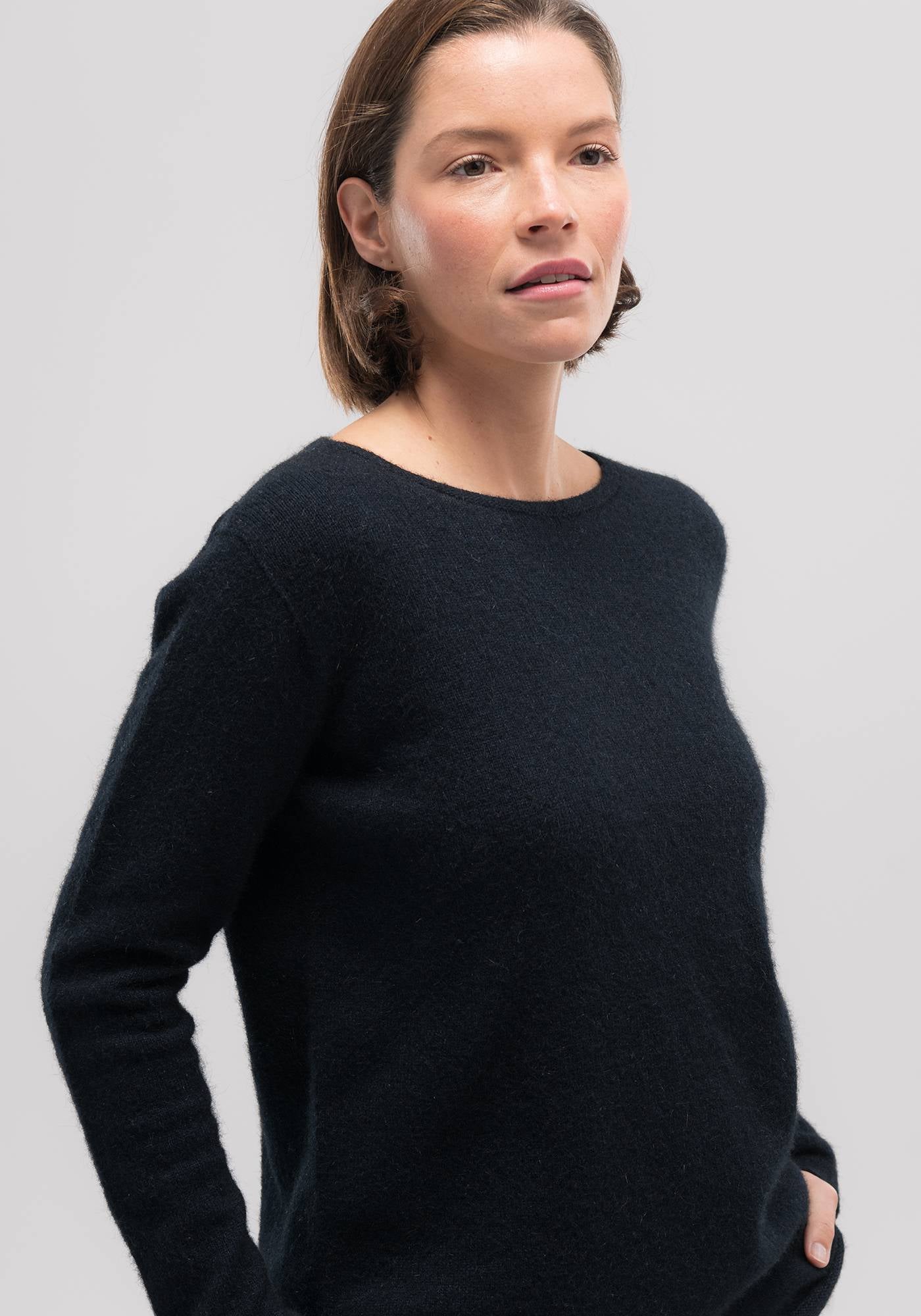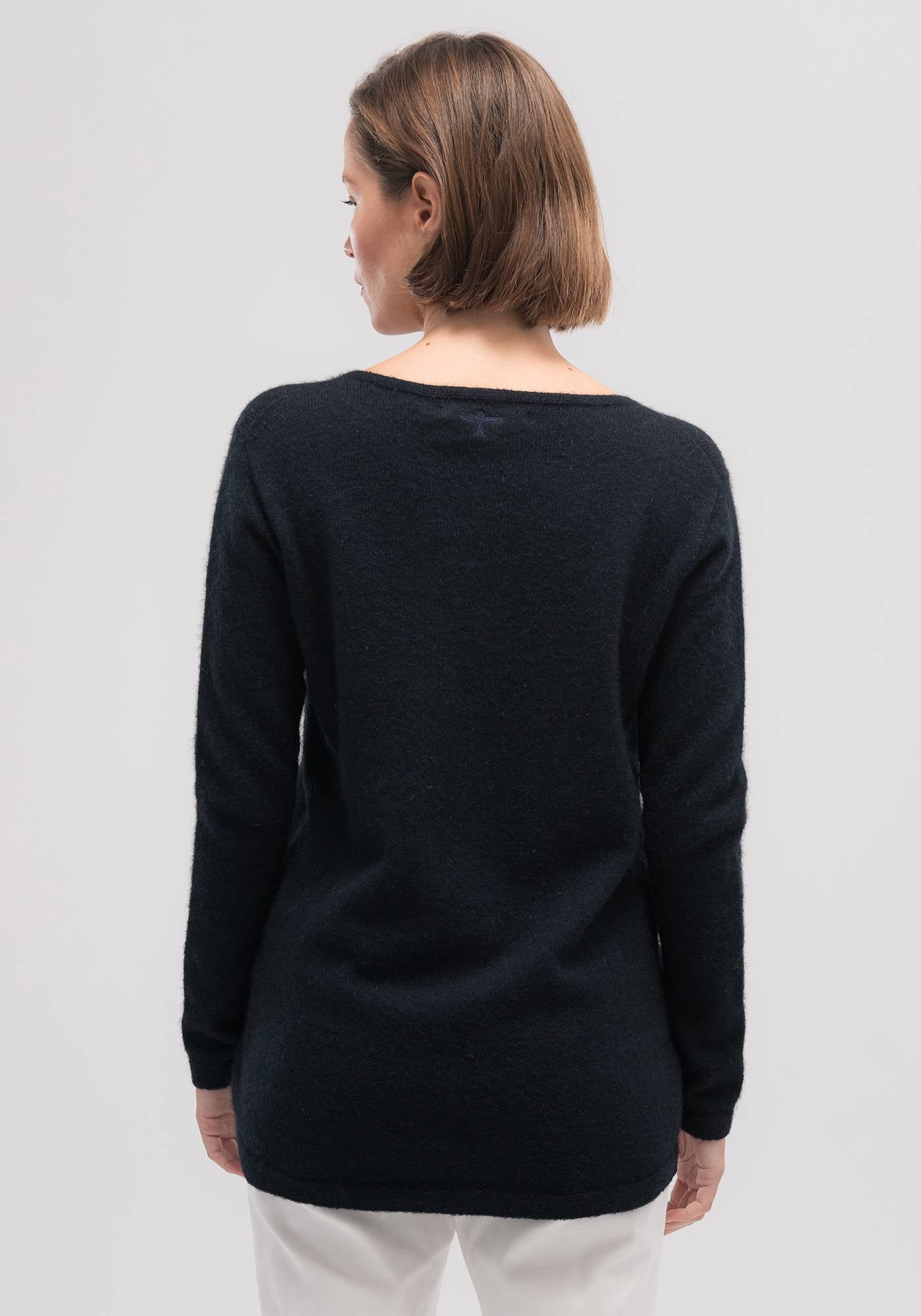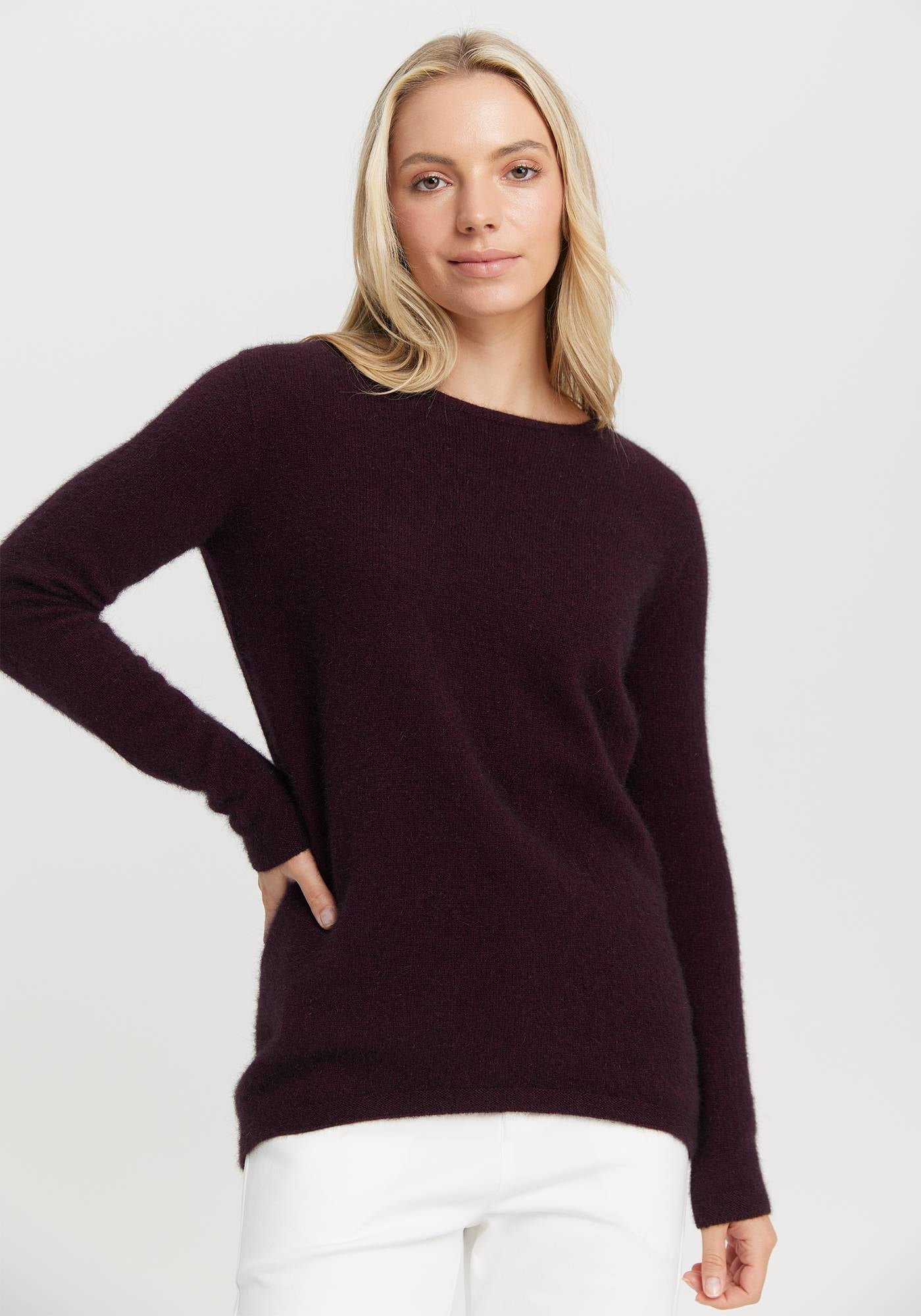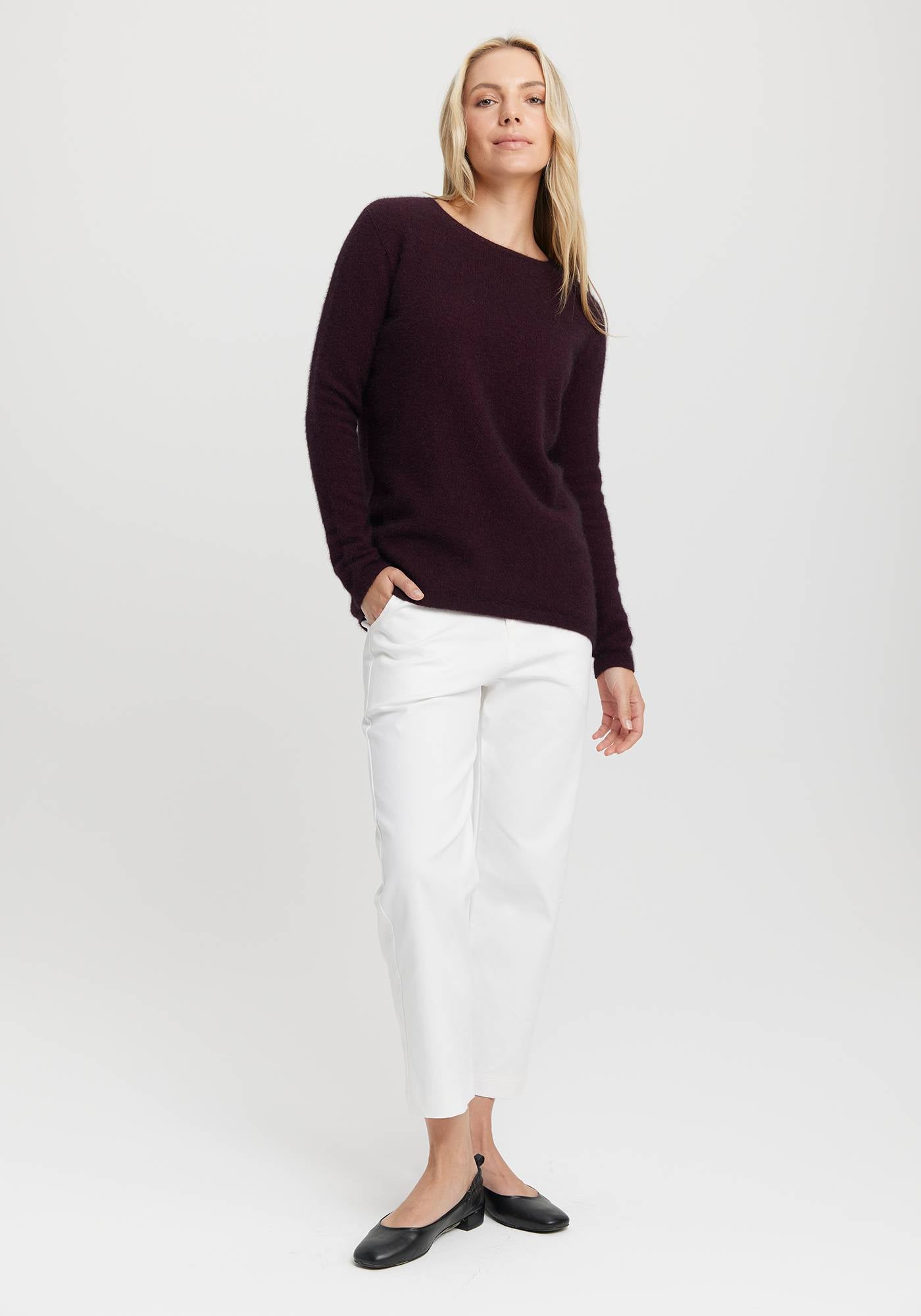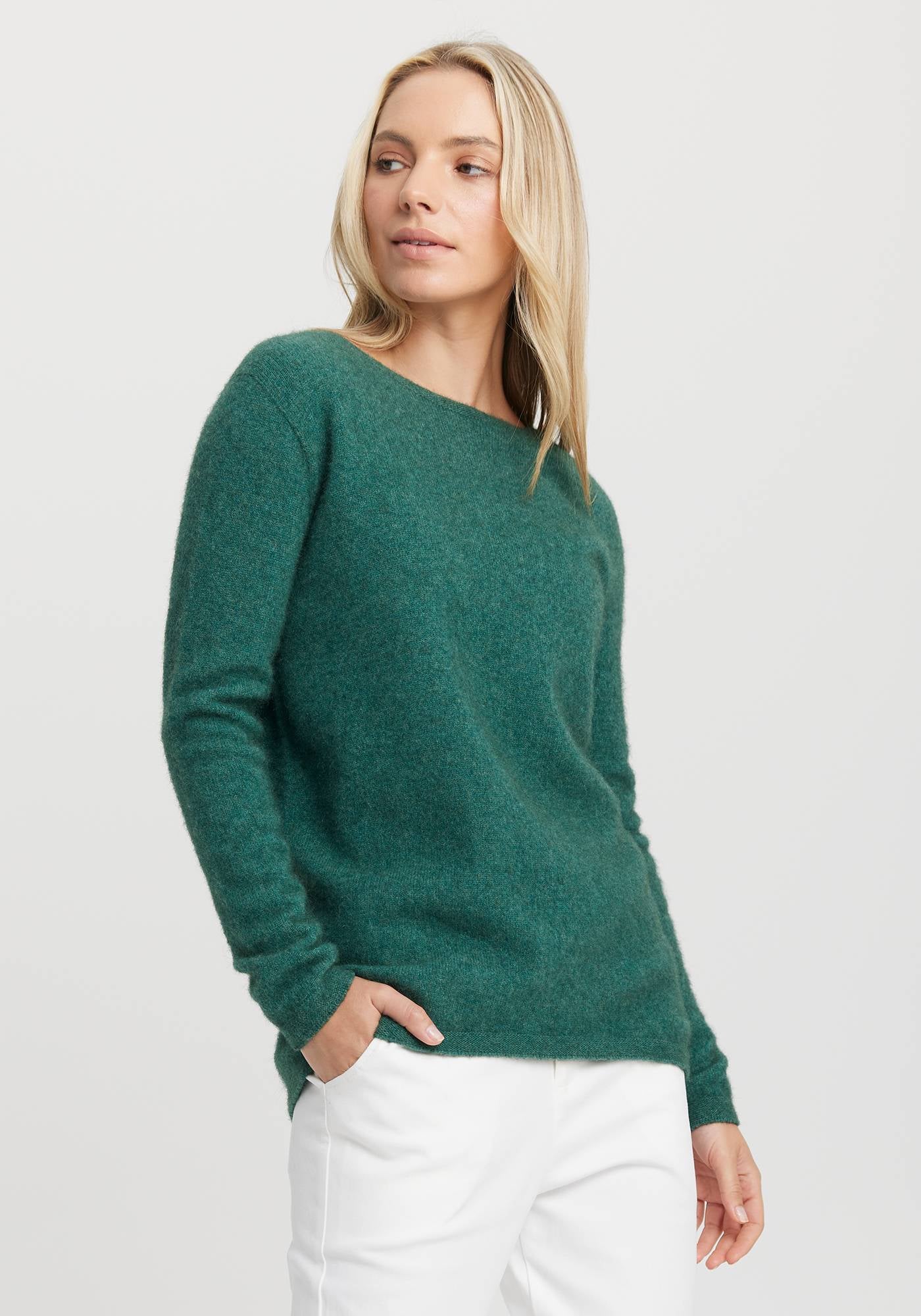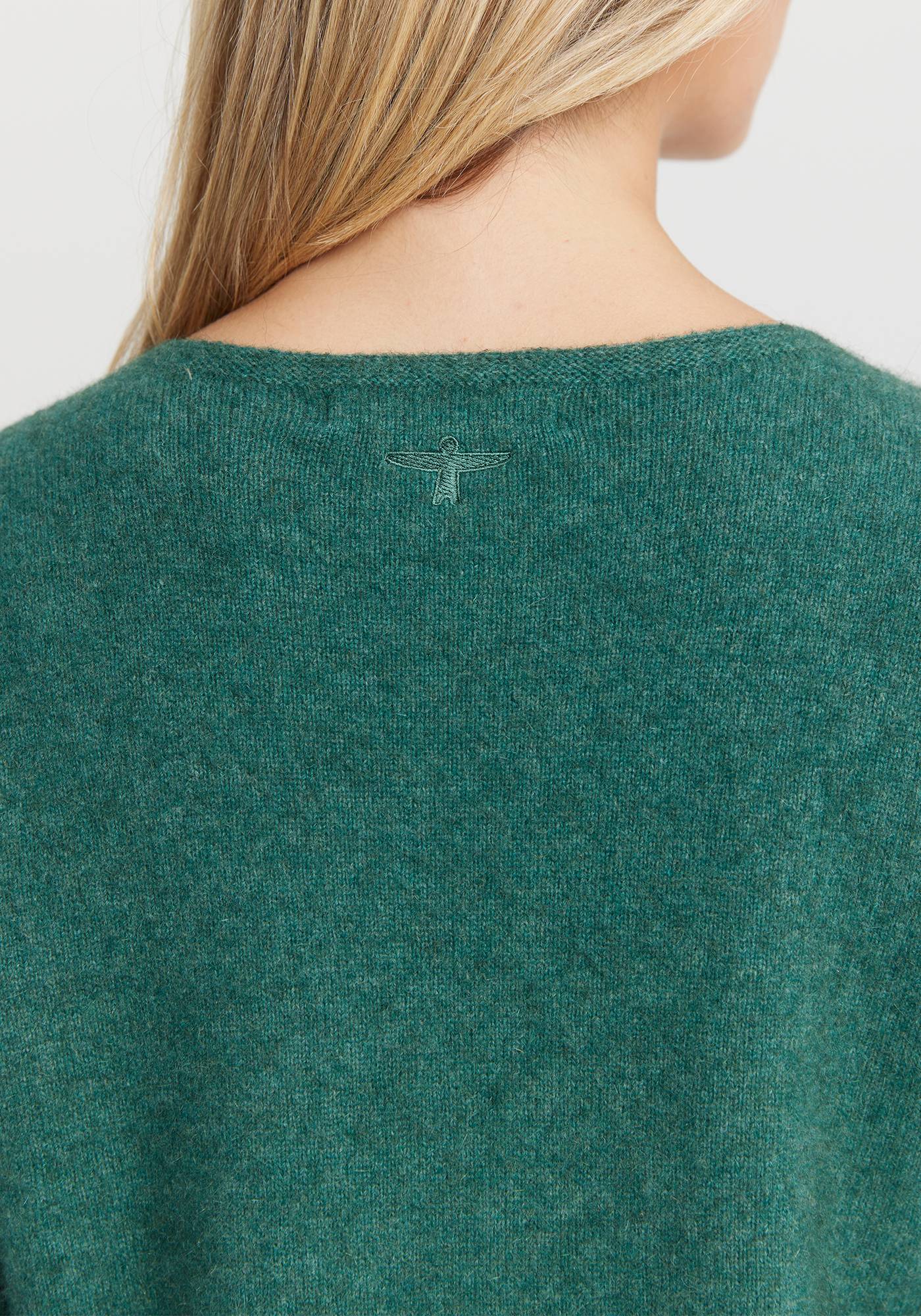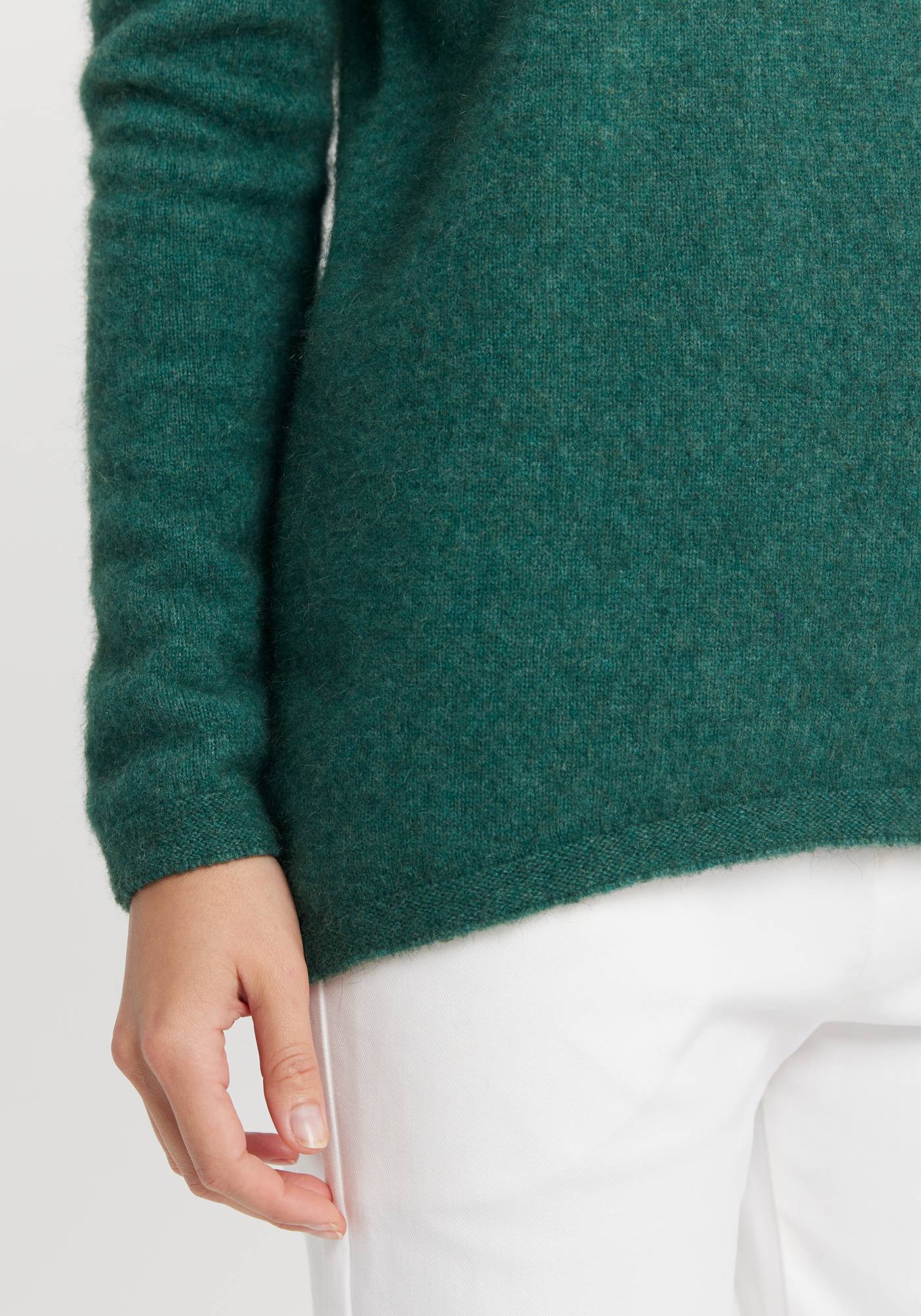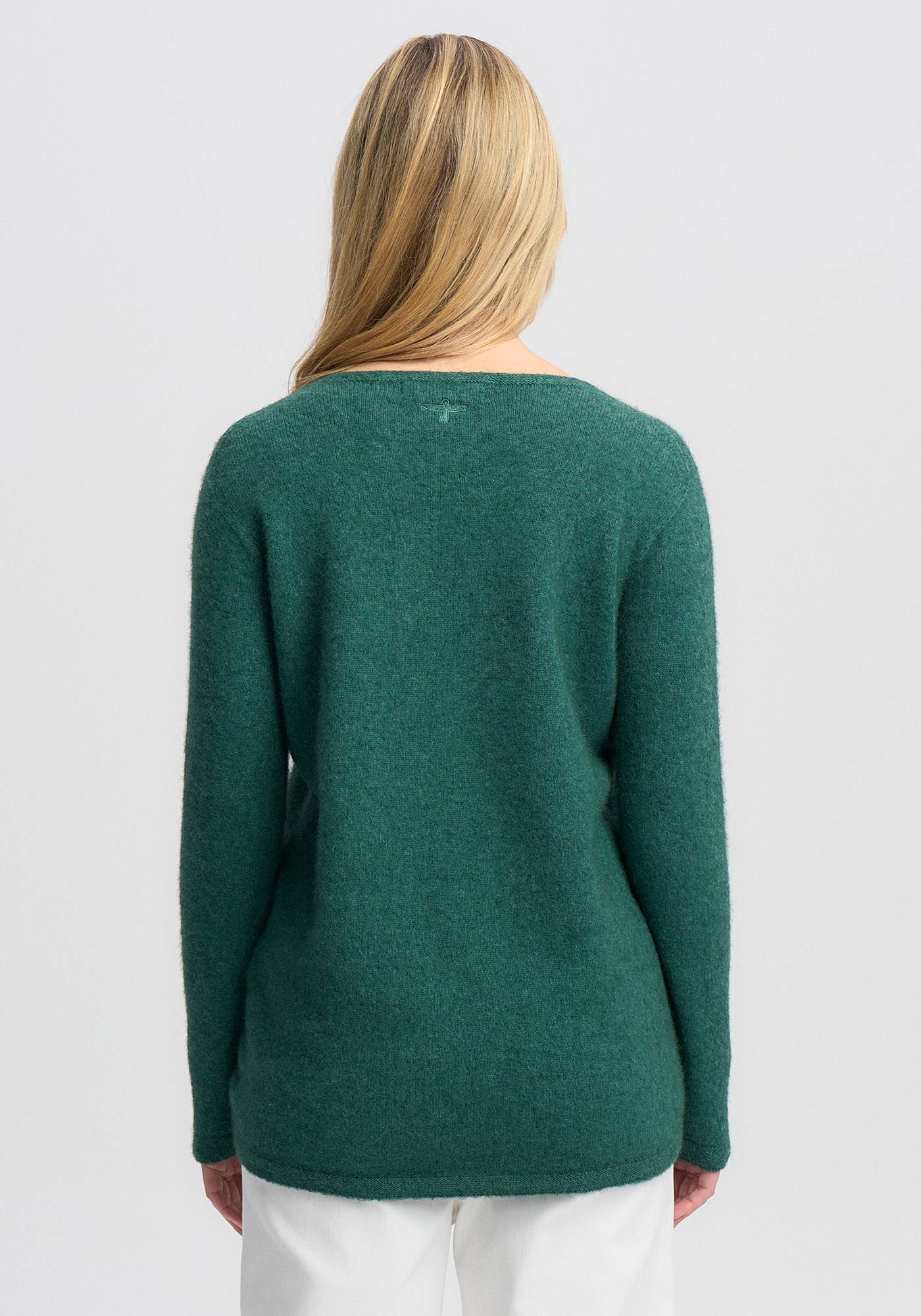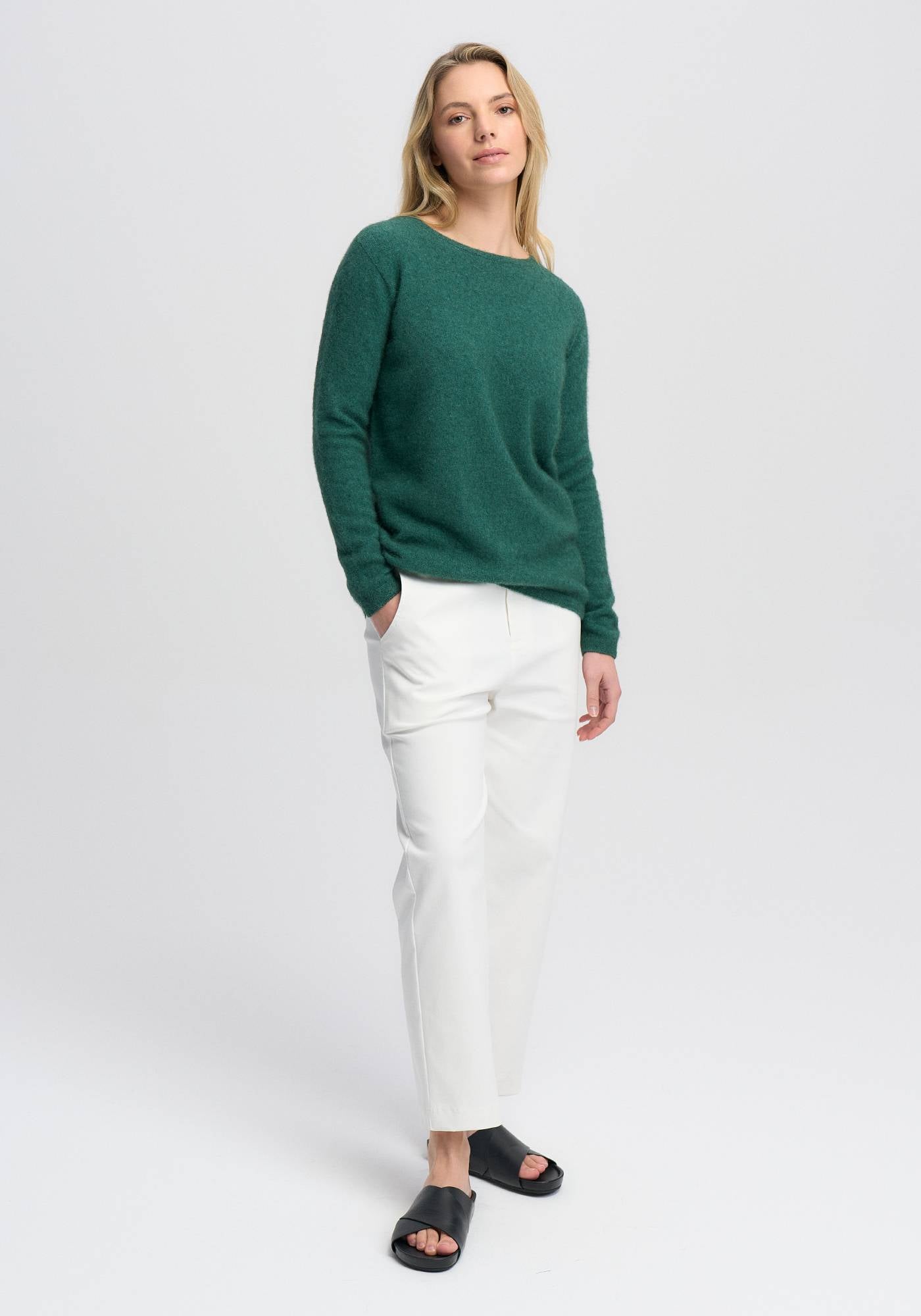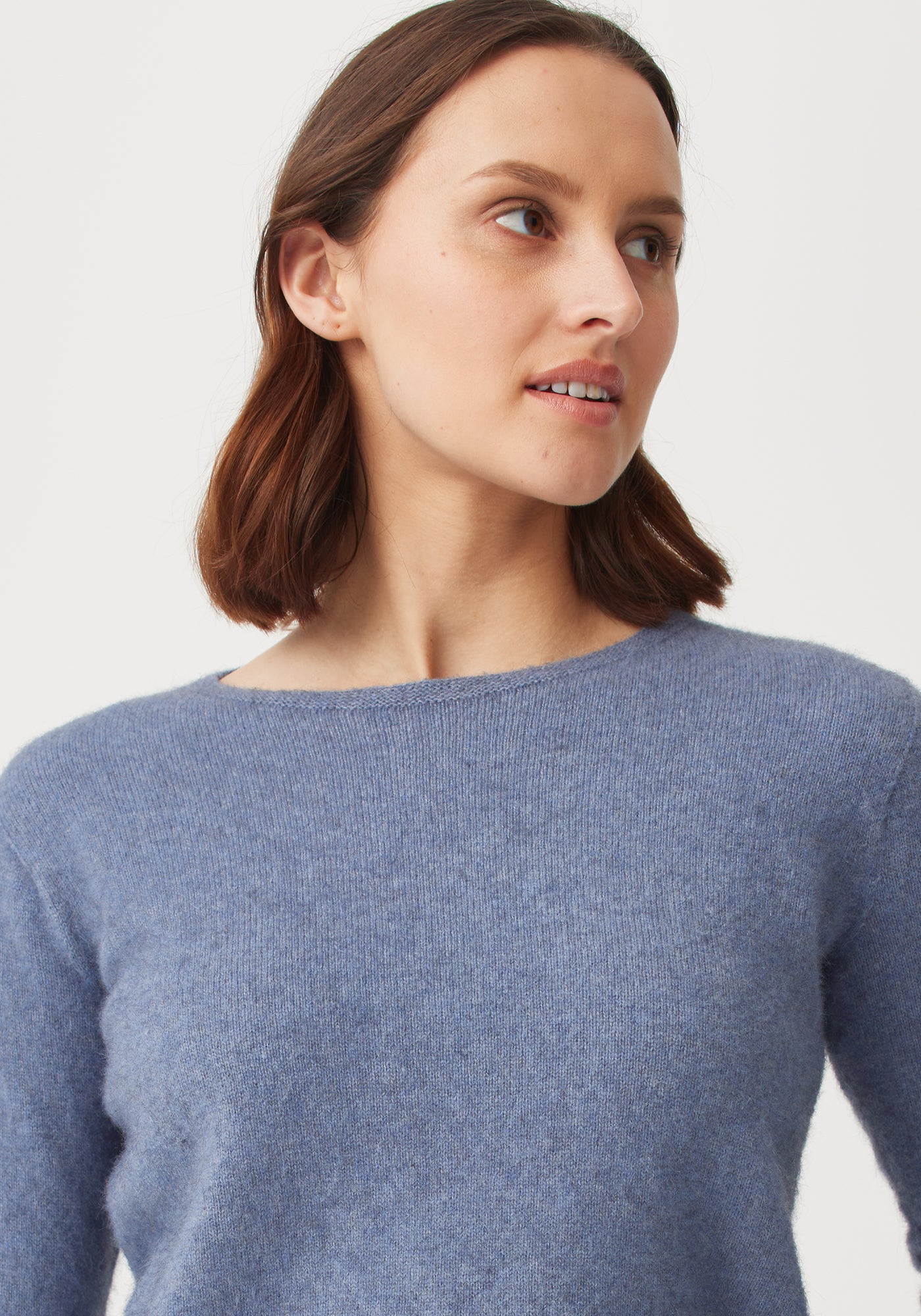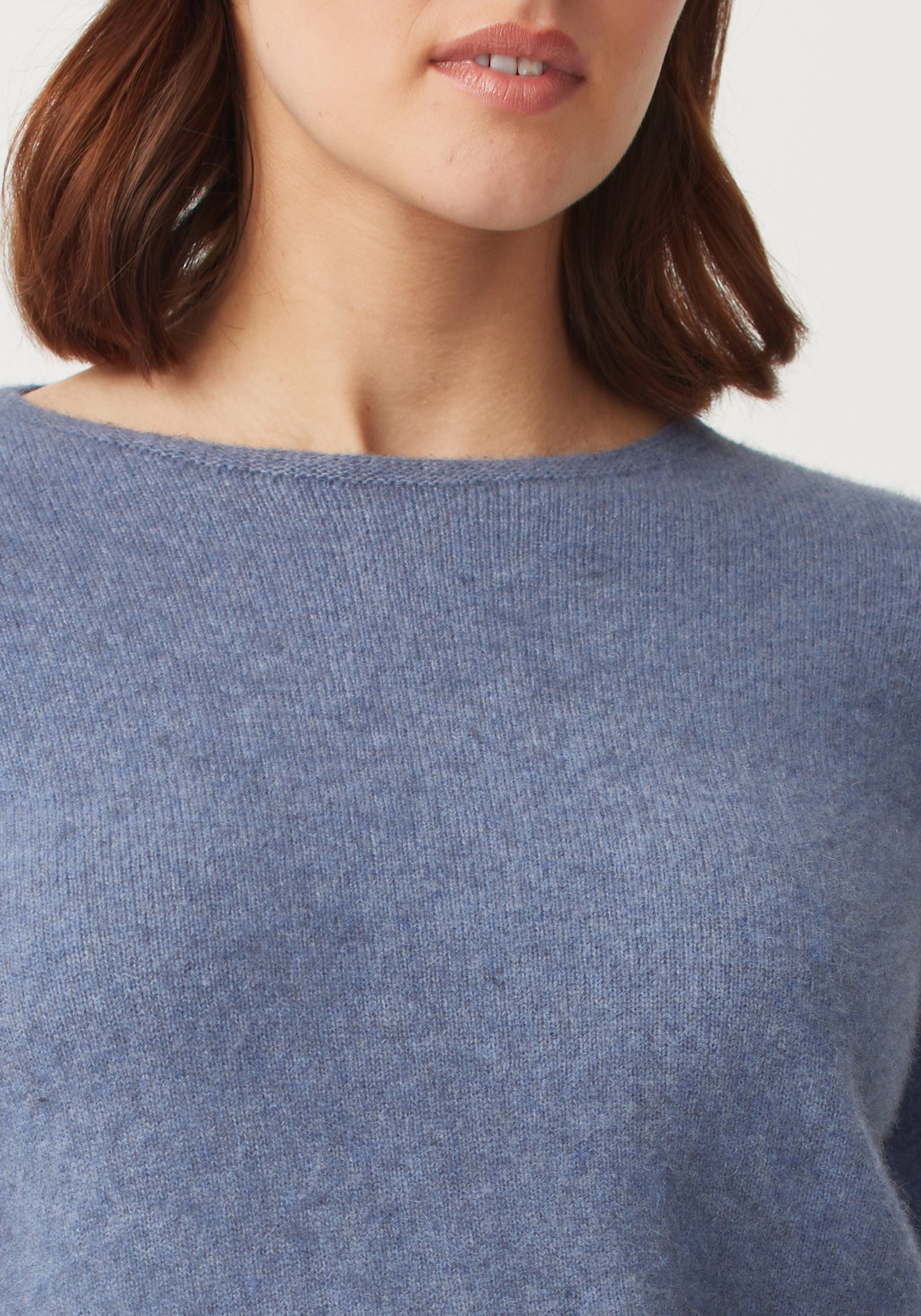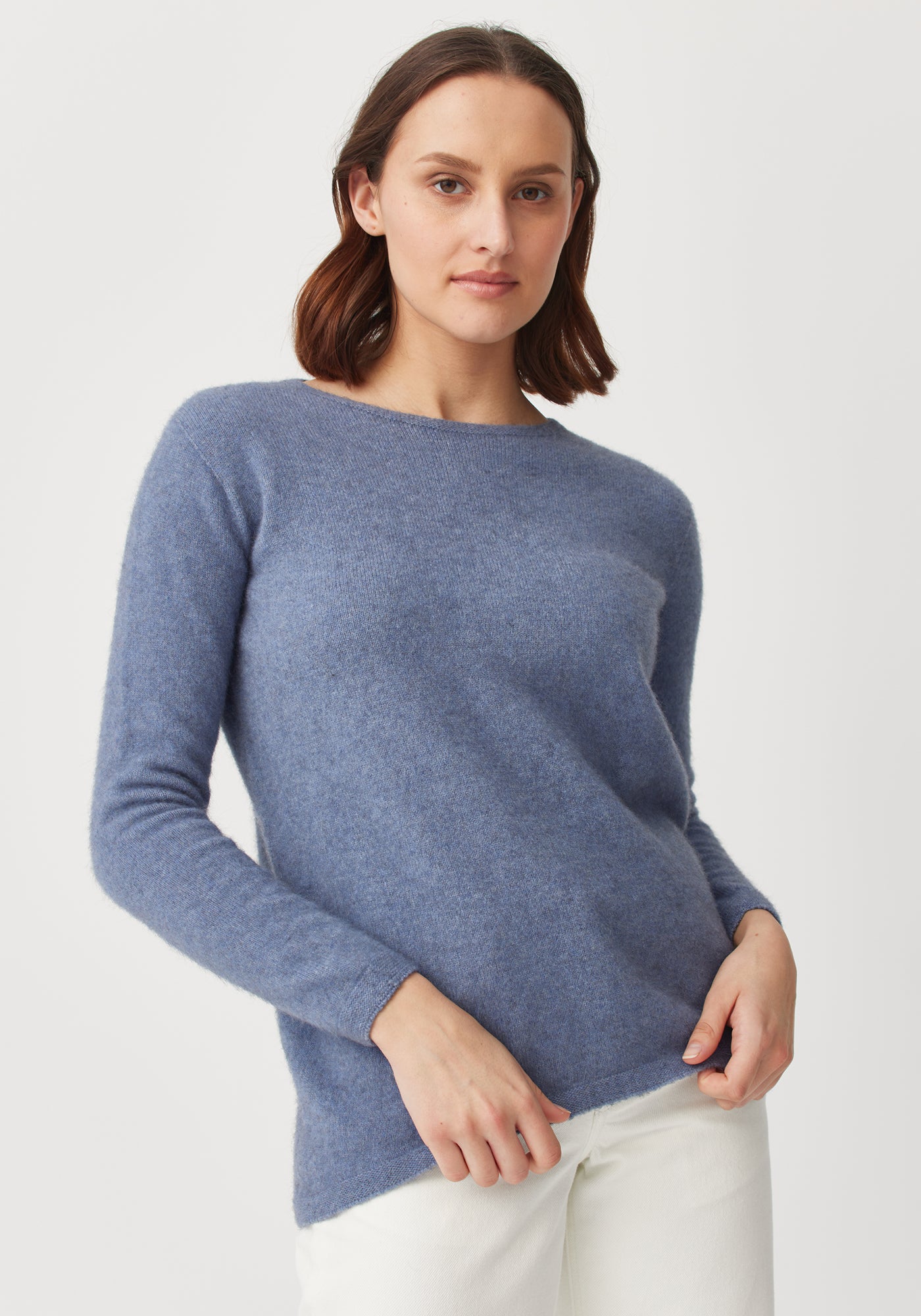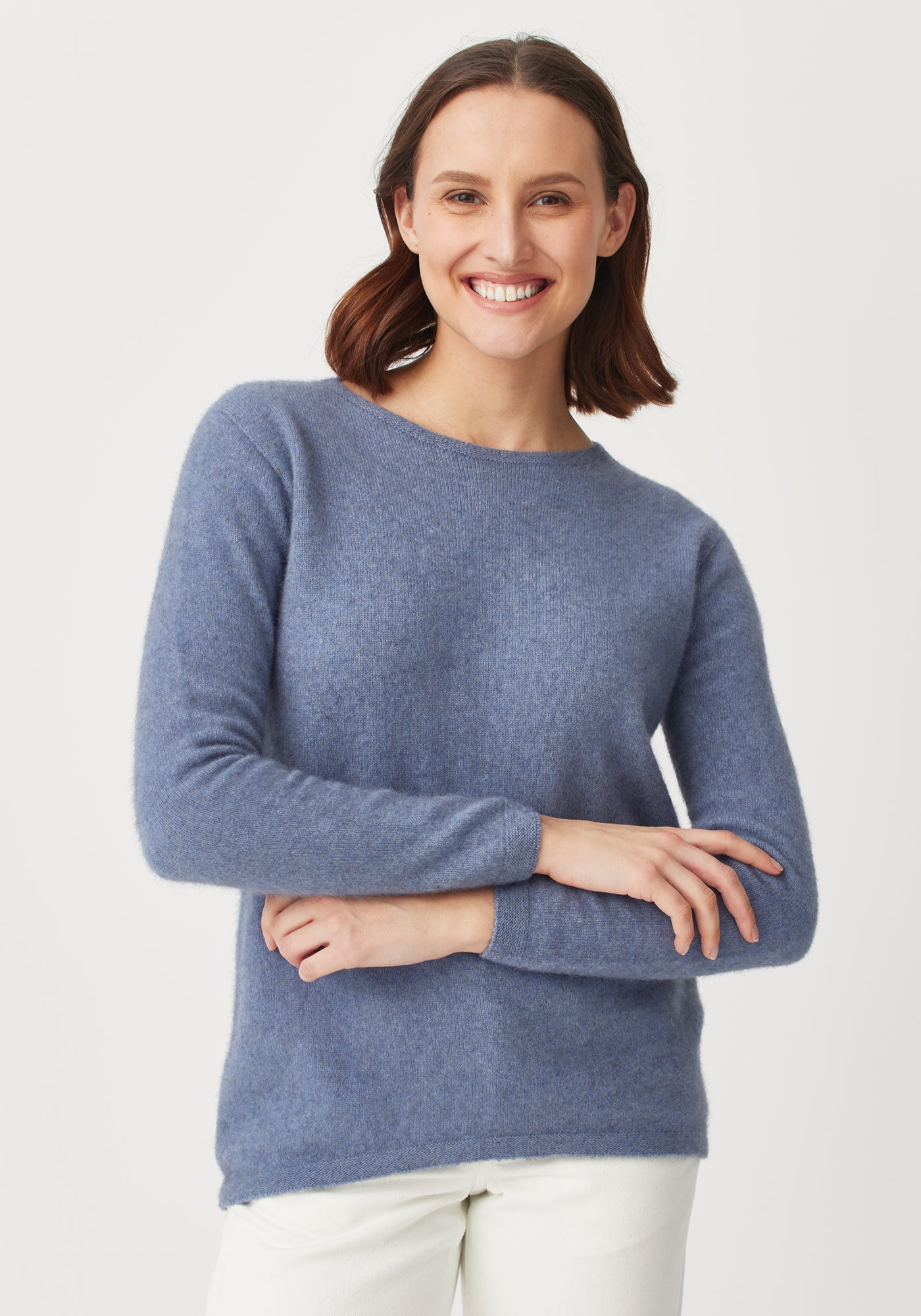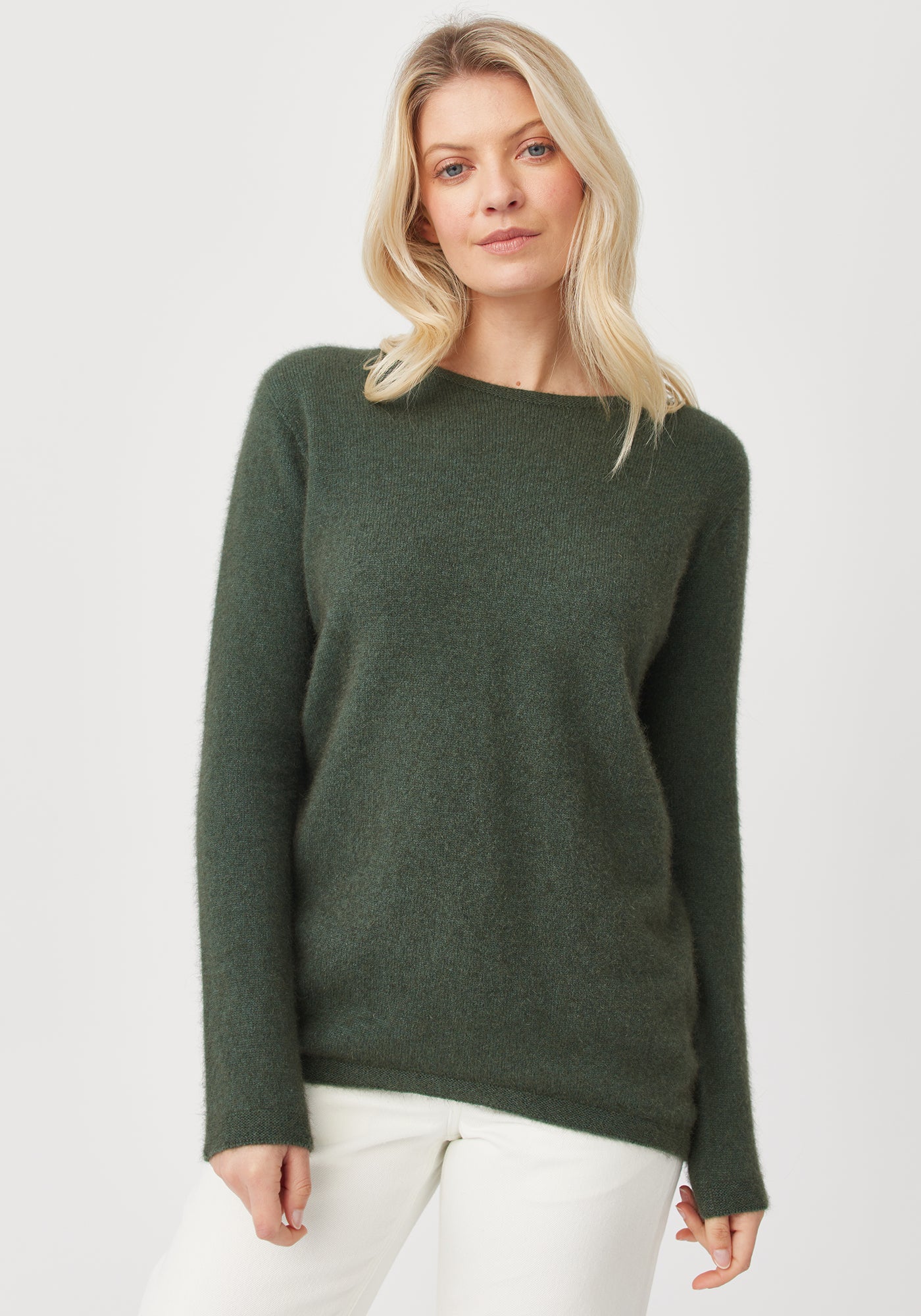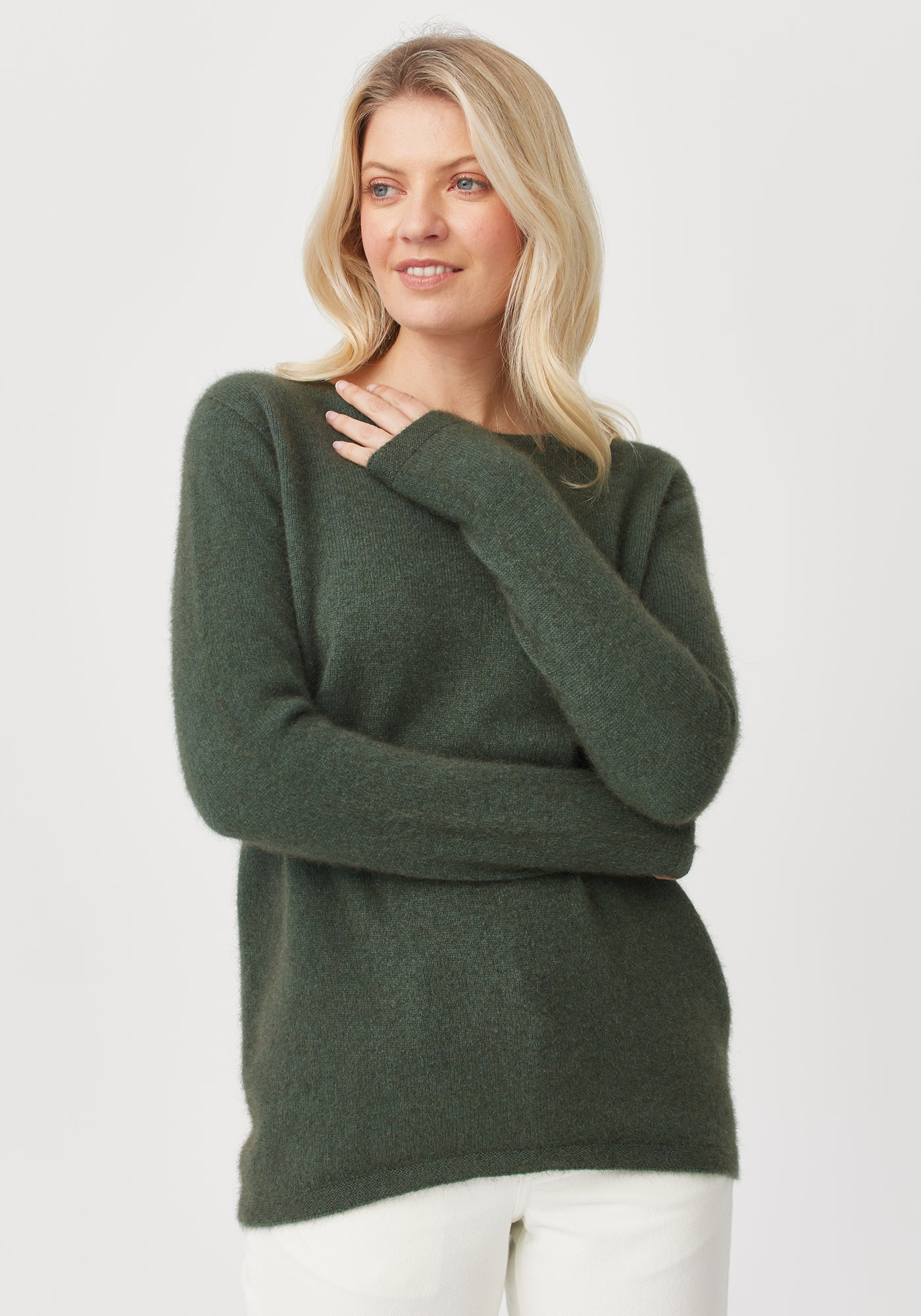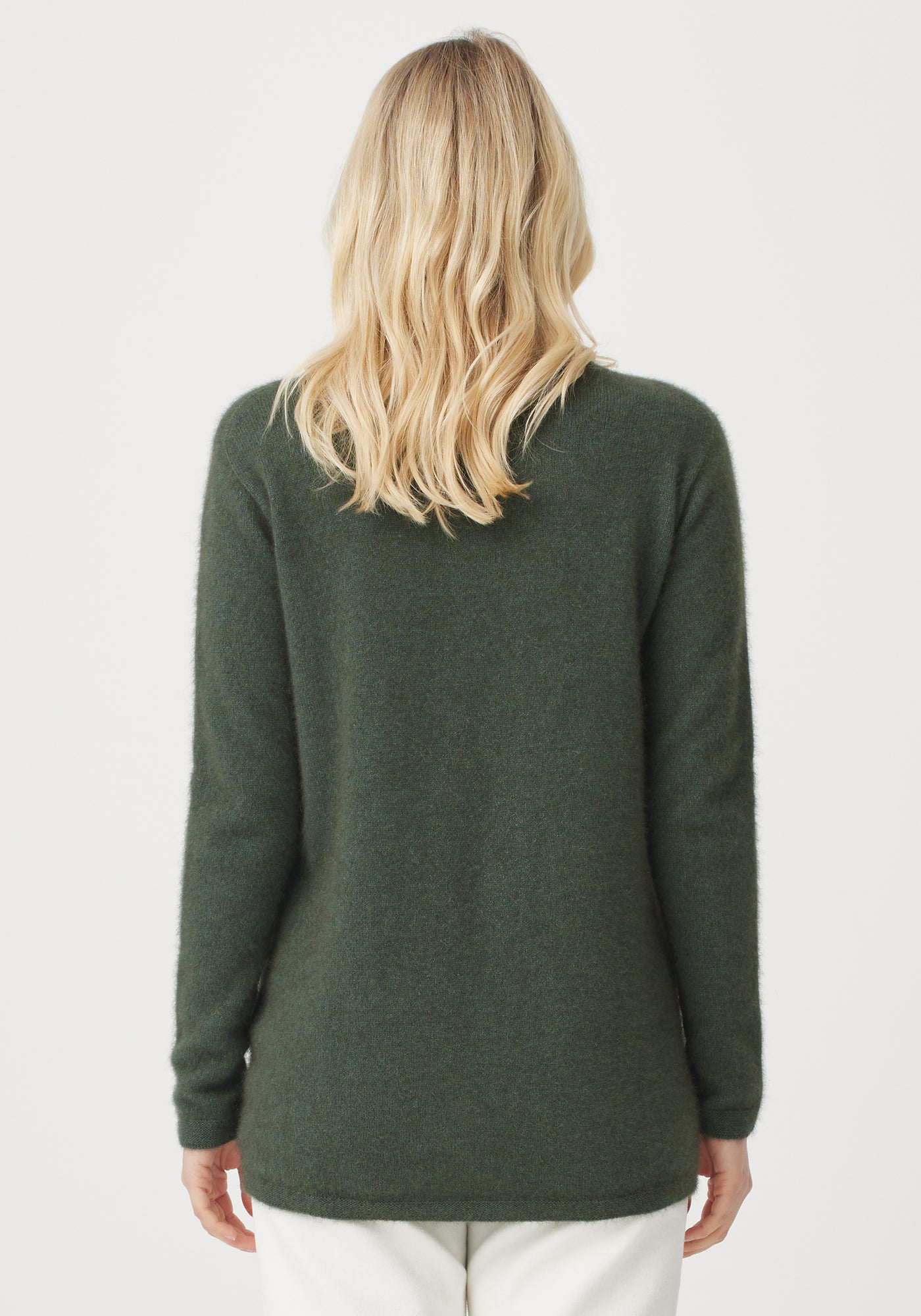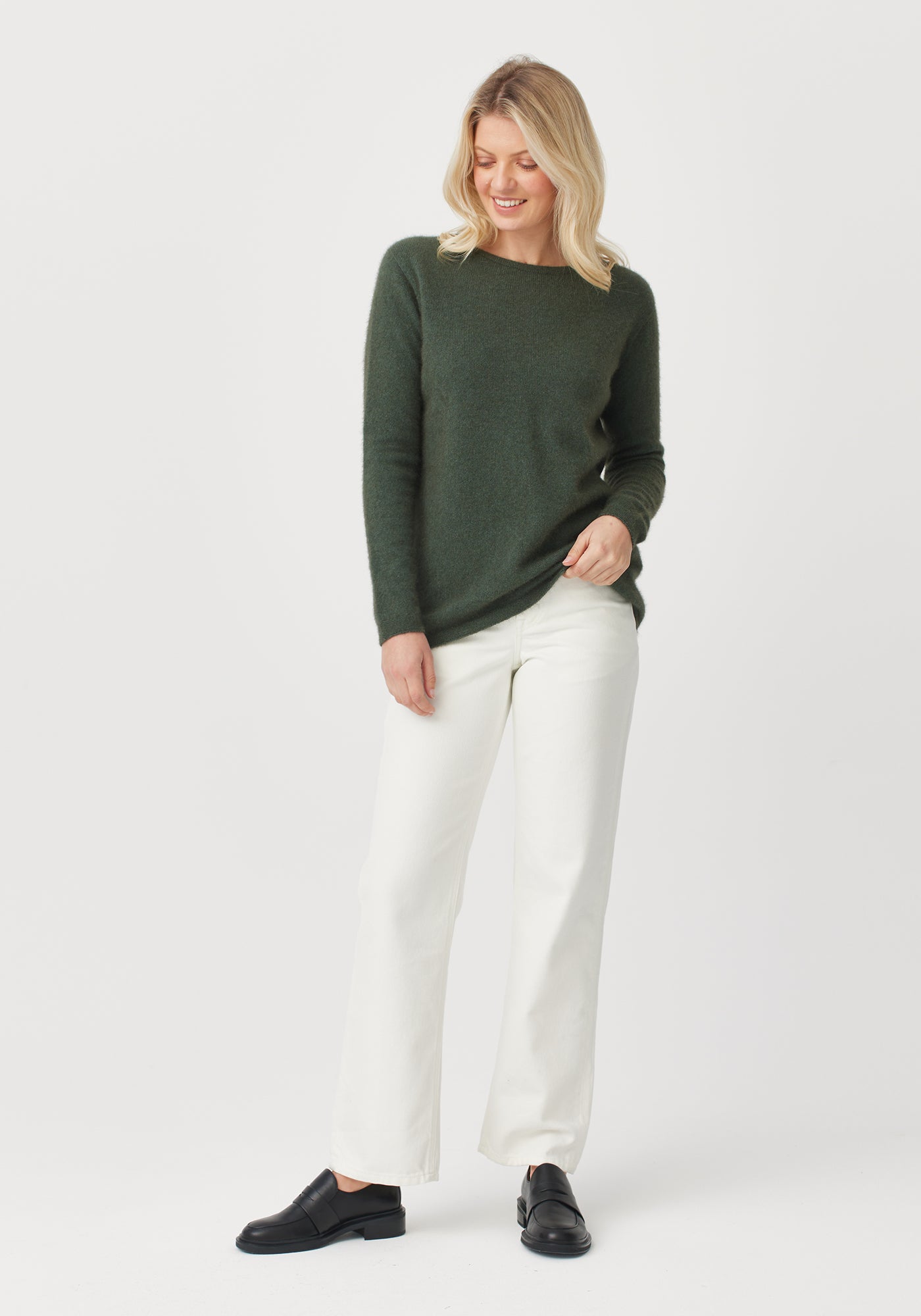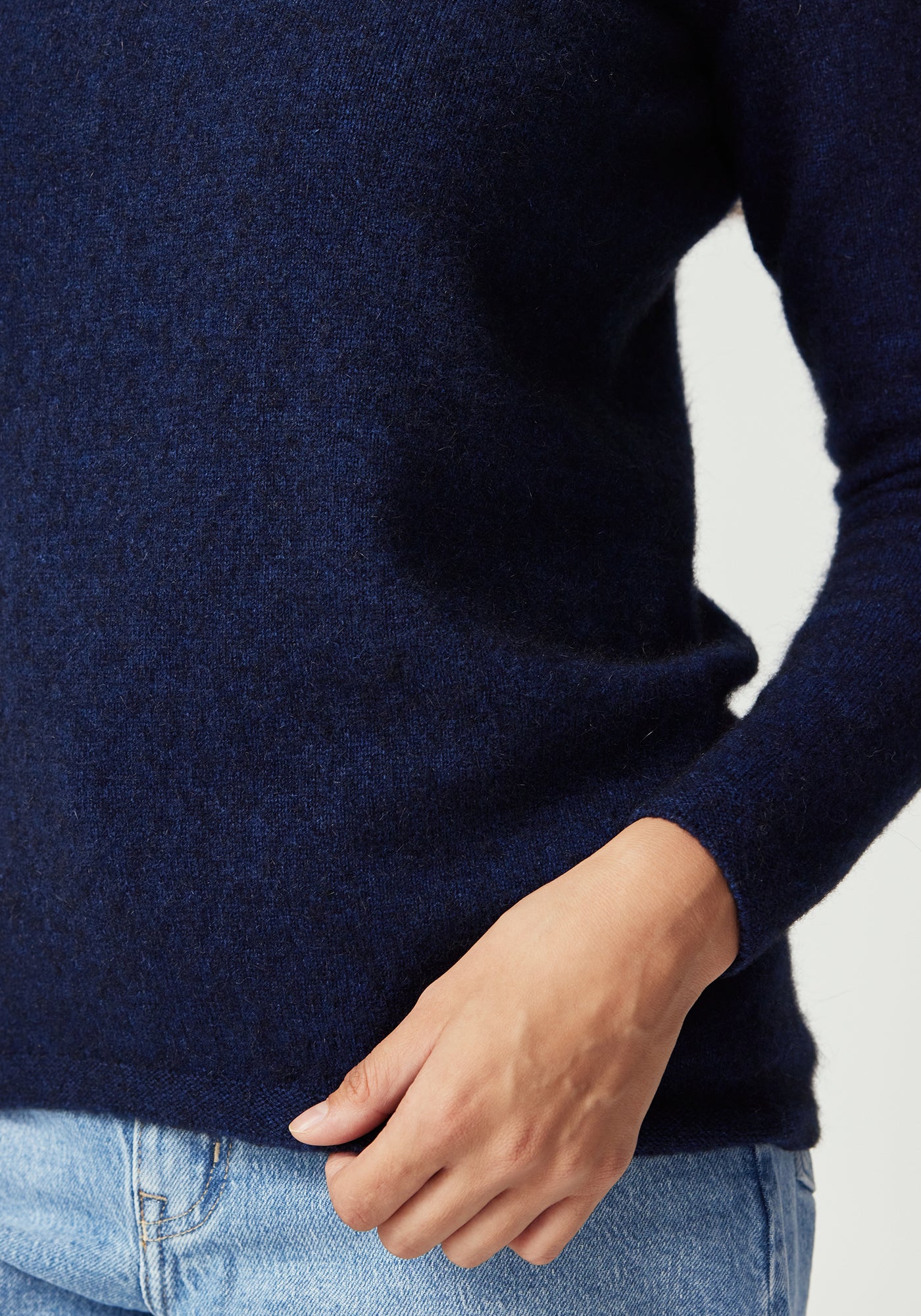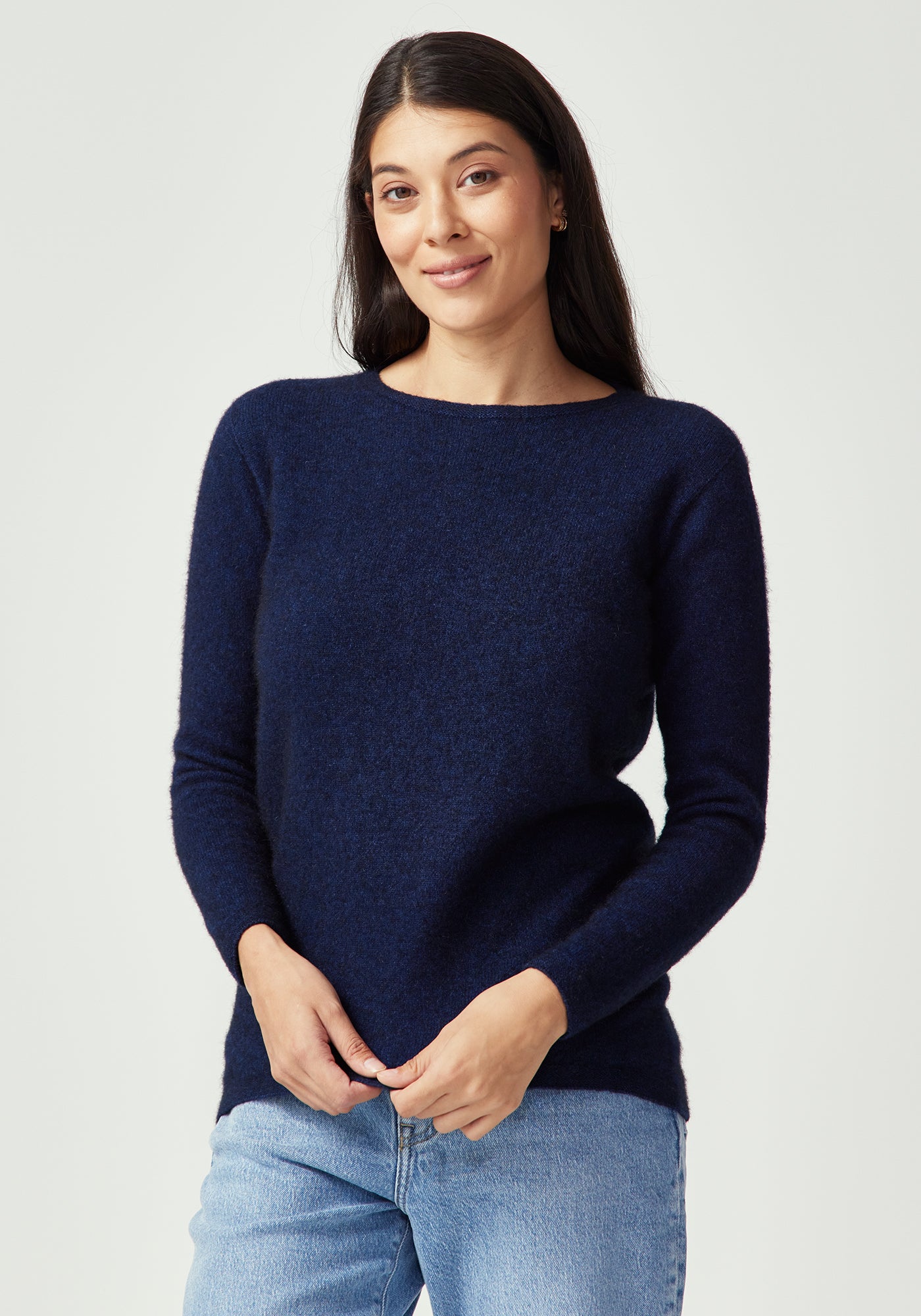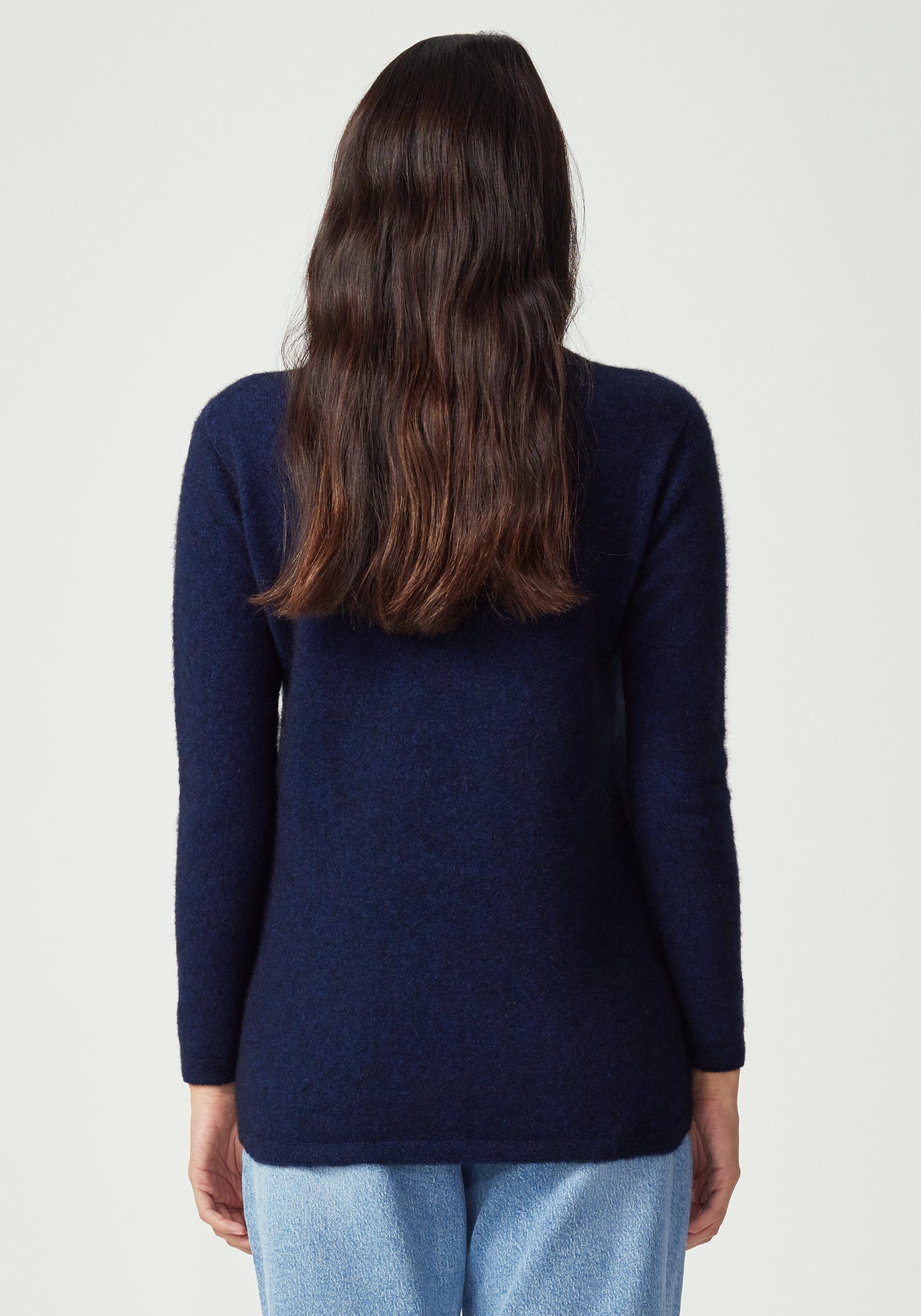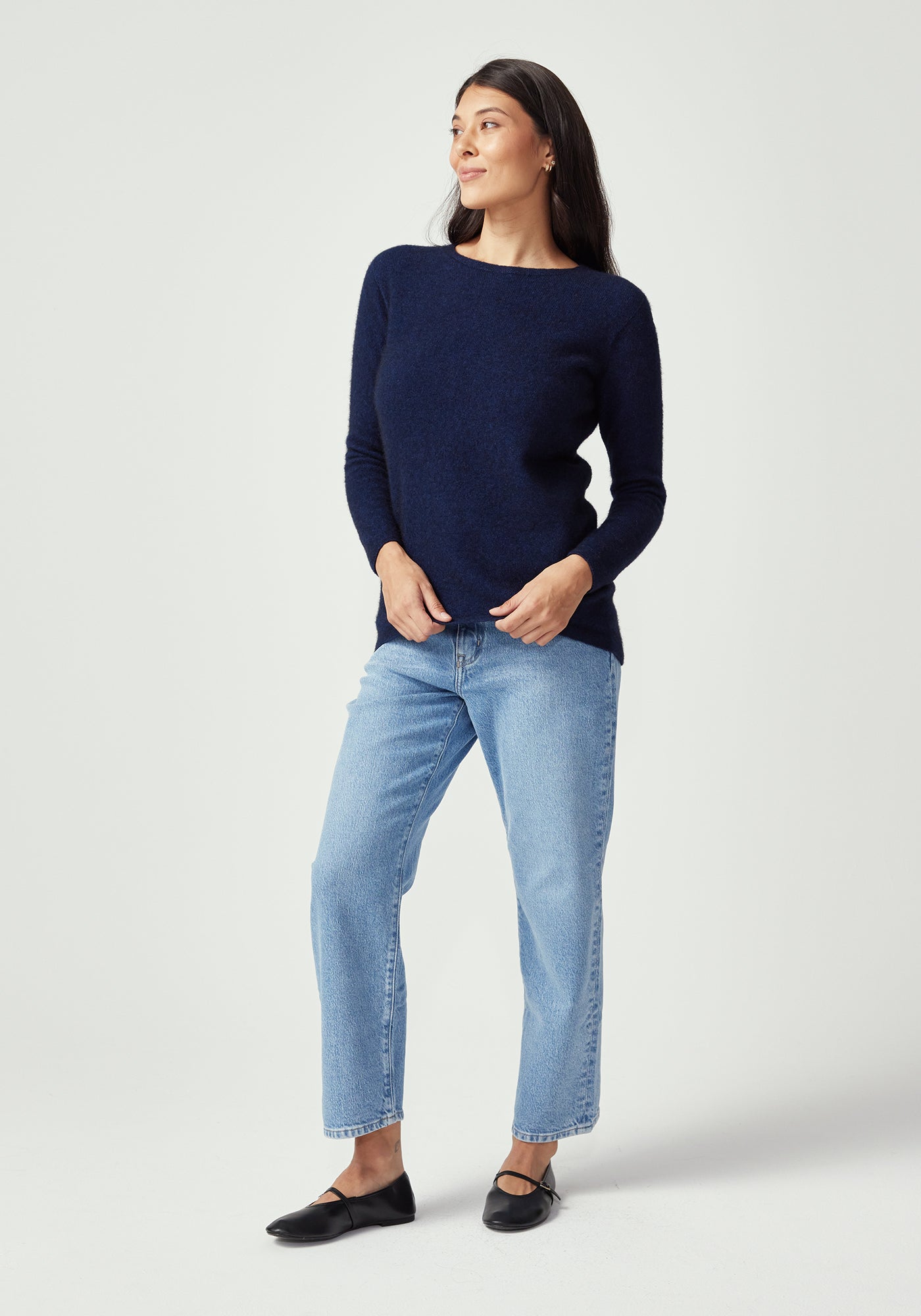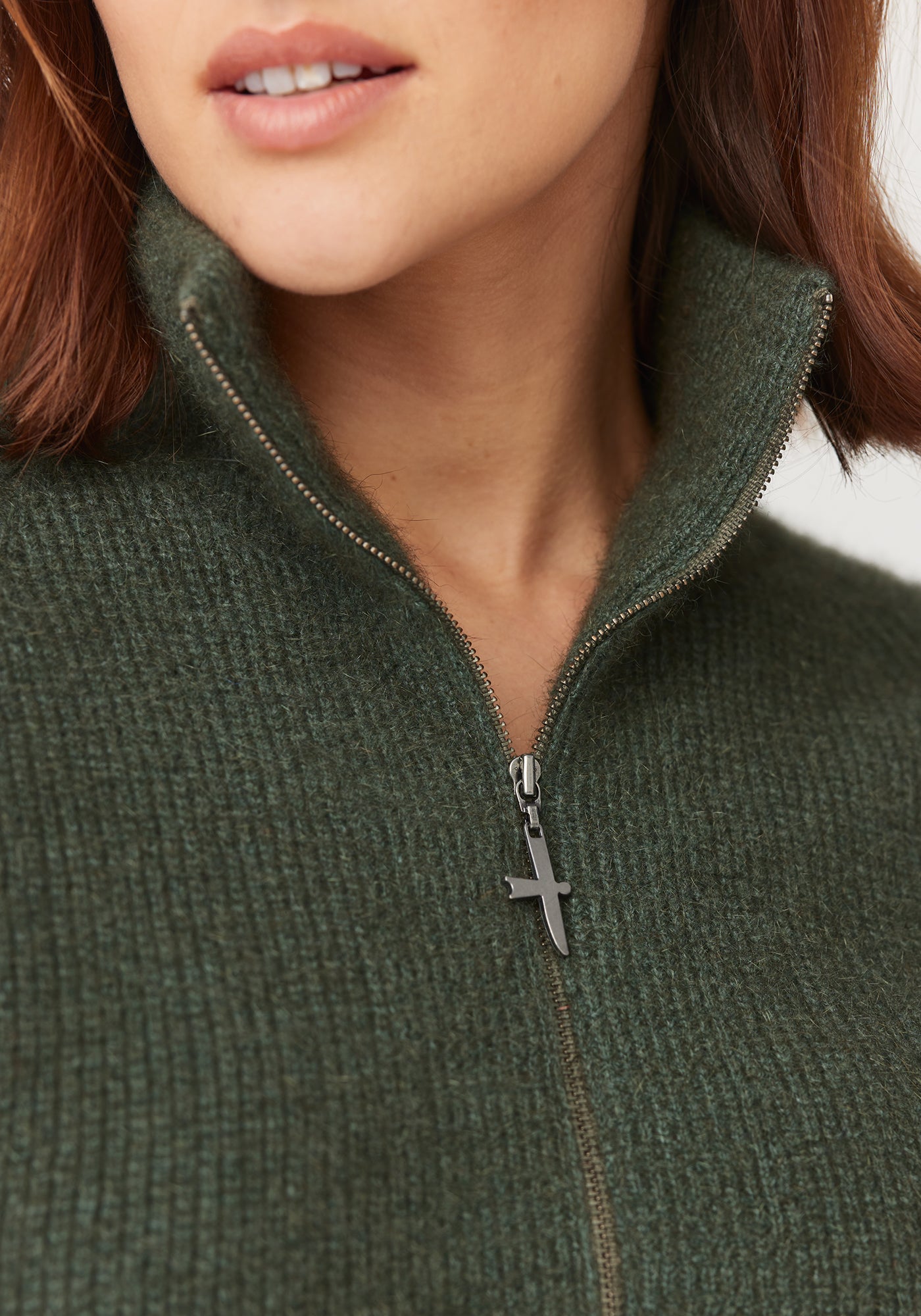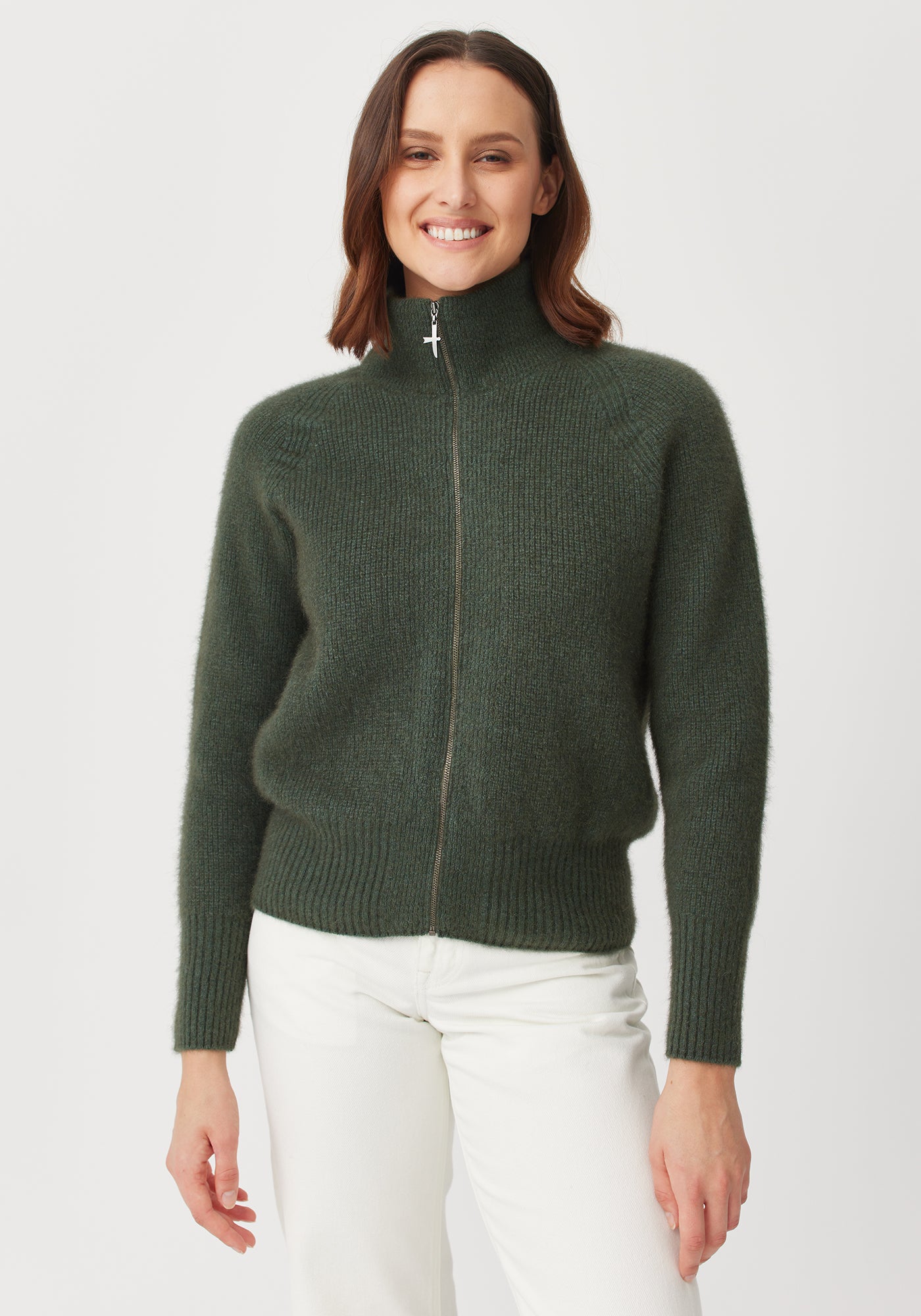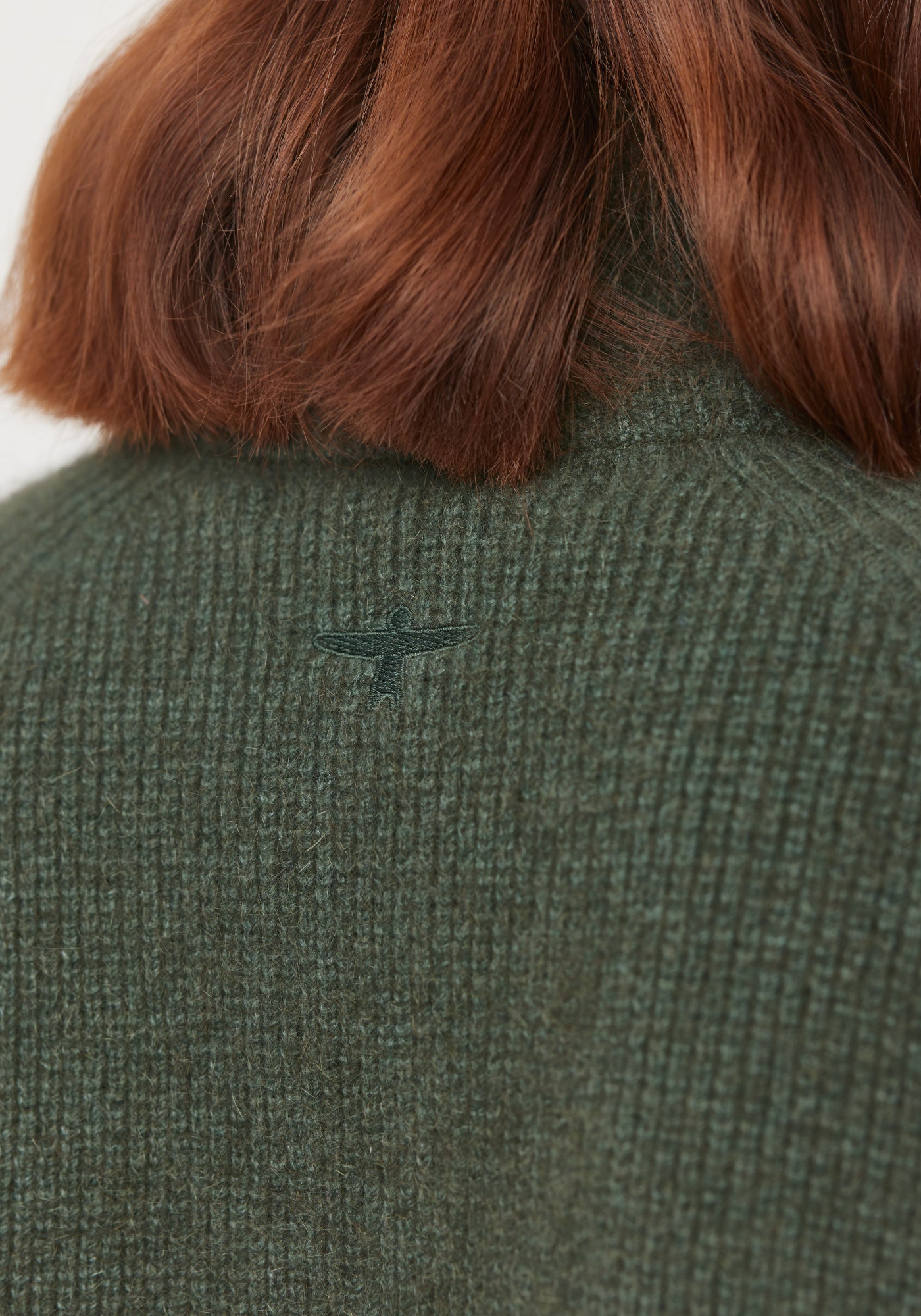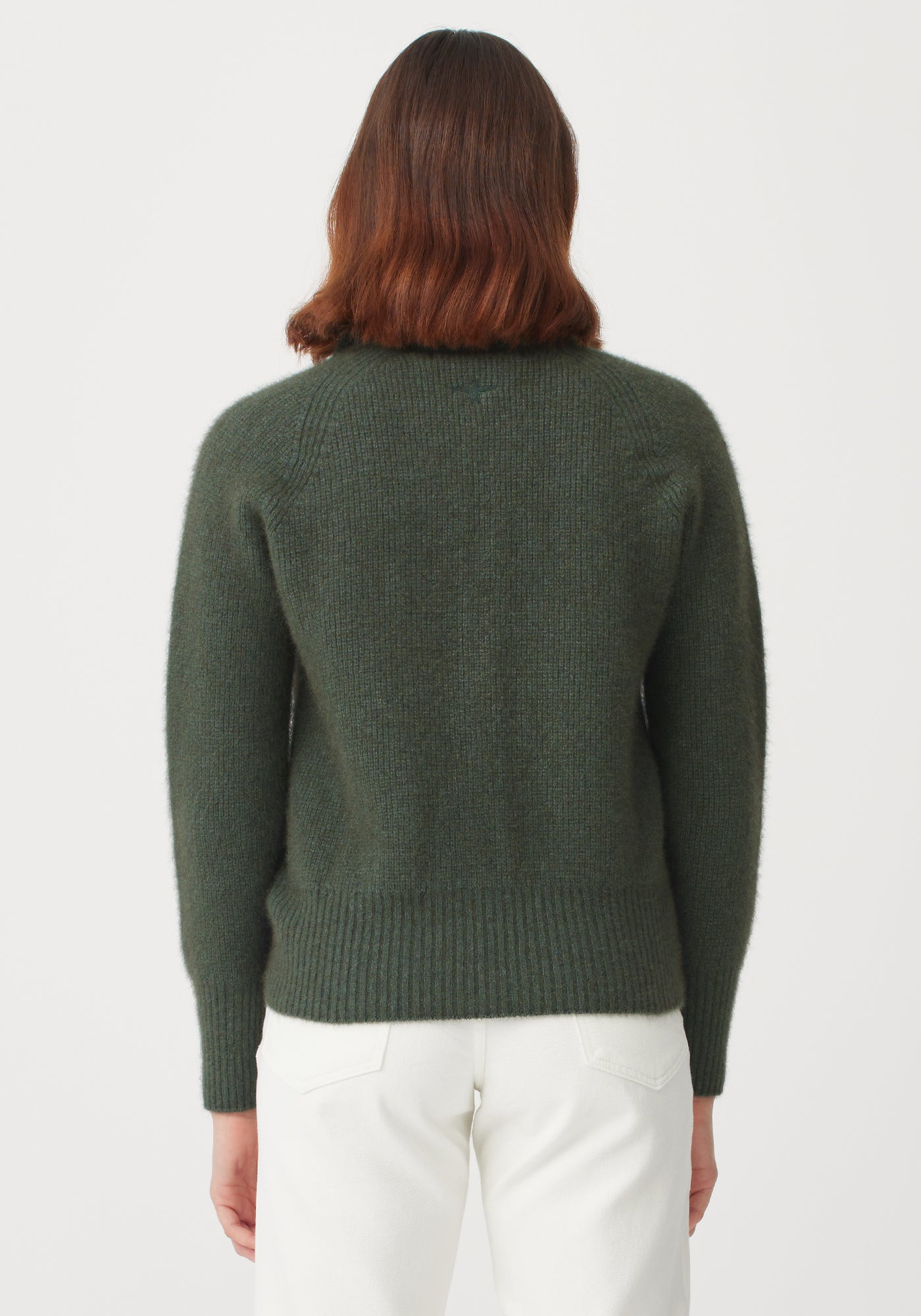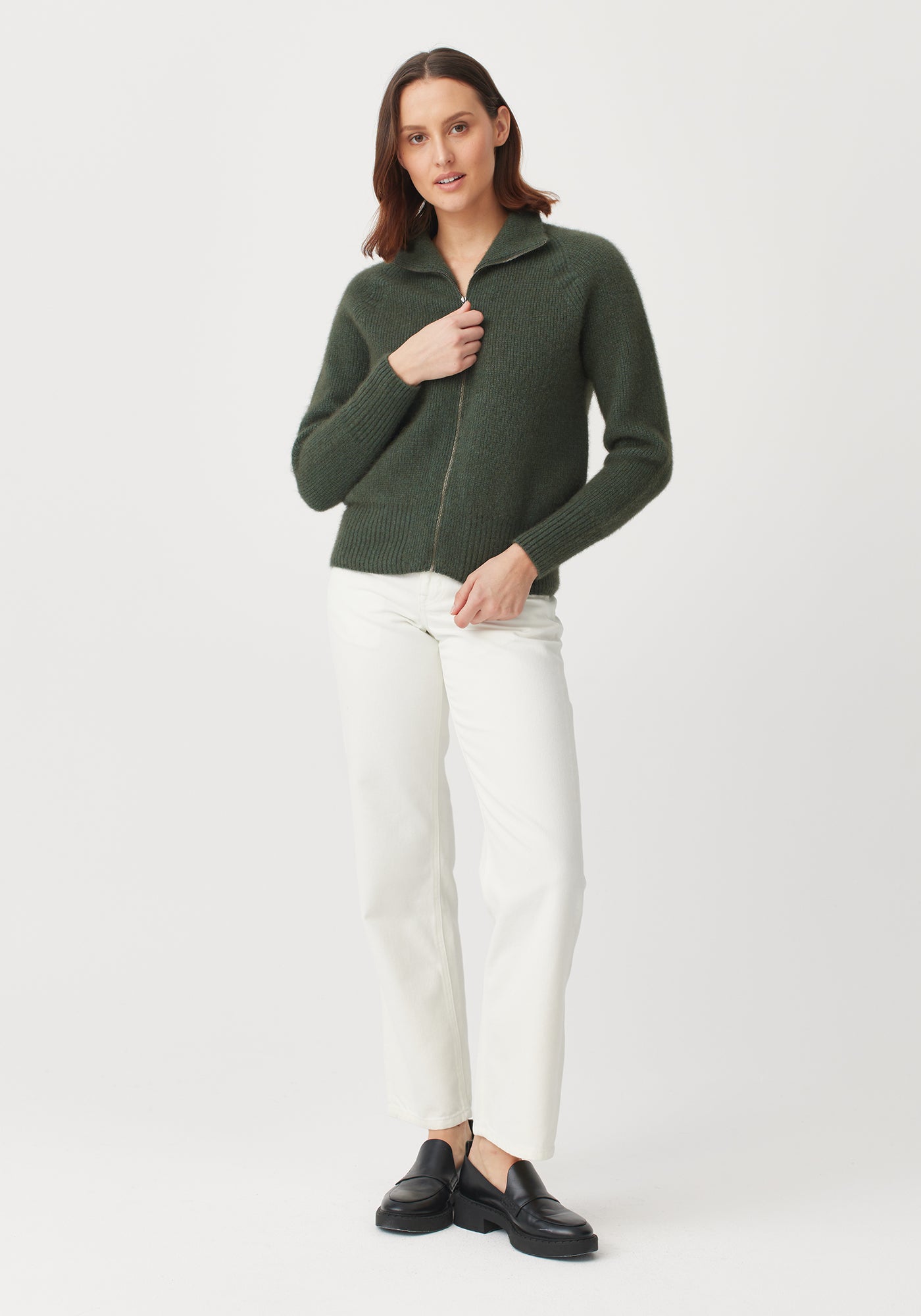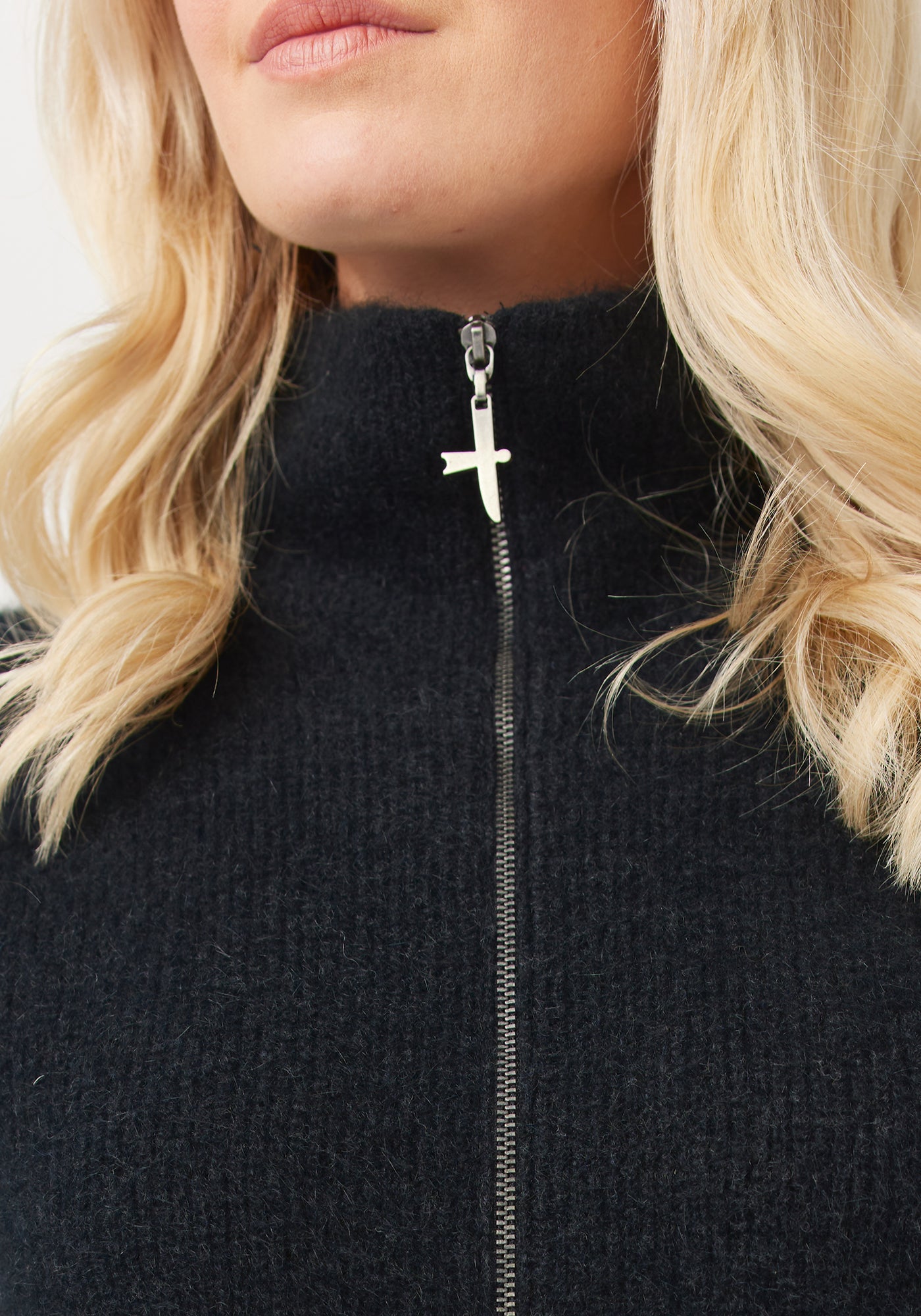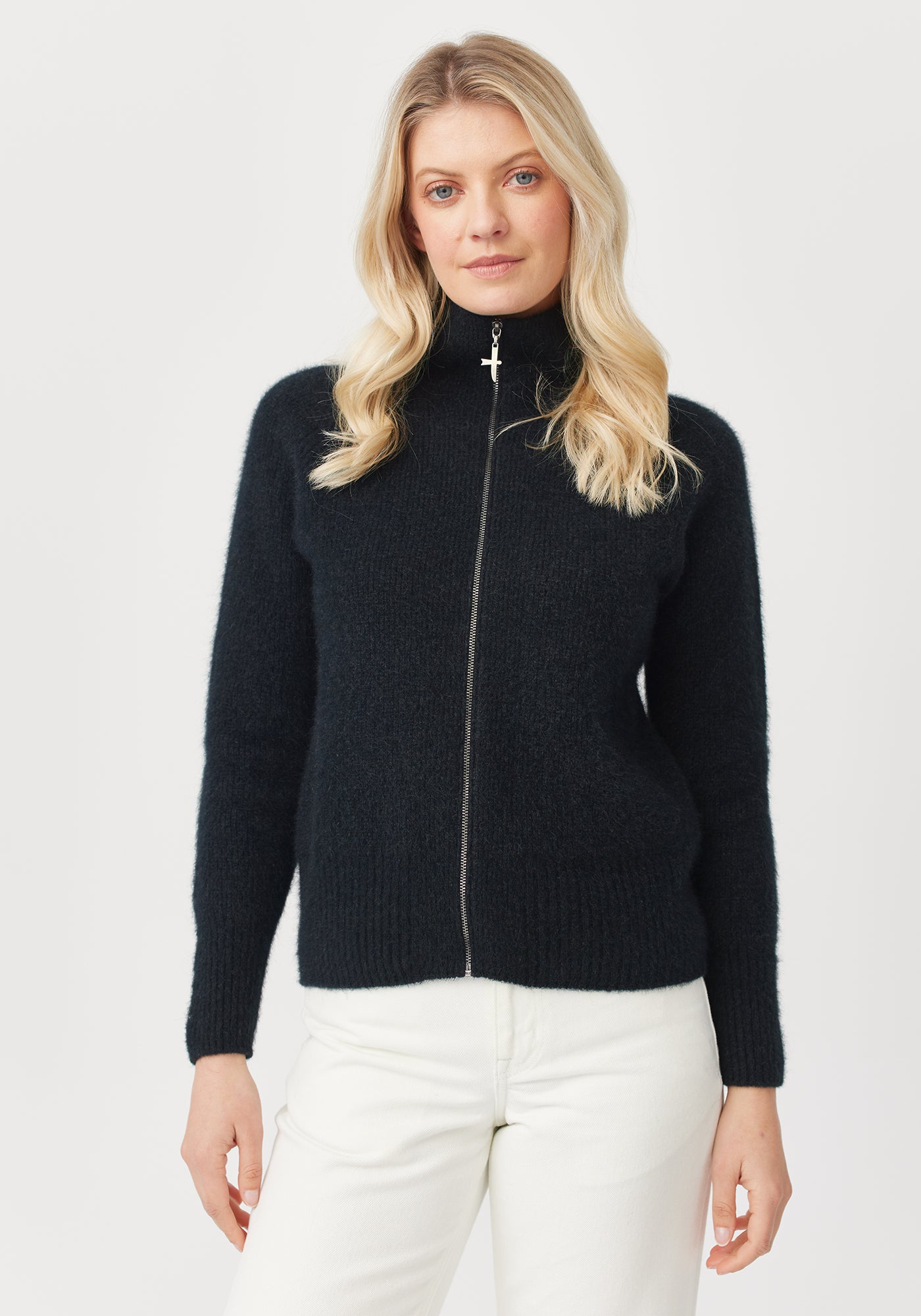Polyester, Nylon, acrylic and elastane are all examples of synthetic fibres - mainly made from non-renewable fossil fuels and created via a chemical process. In 2021 around 72 million tonnes of synthetic fibres were produced, amounting to 64% of global fibre production. Polyester alone represents 54% of all fibre produced. By comparison, plant-based fibres like cotton represent just over a quarter of fibre production, and animal fibres make up a tiny 1.62%.
The environmental impact of fashion’s use of plastic fibres
Currently, the production of synthetic fibres for the textile industry accounts for 1.35% of global oil consumption – that’s more than the annual oil consumption of Spain. Synthetics are incredibly energy intensive to produce, and it’s estimated that the carbon footprint of a single polyester shirt is 5.5kg versus 2.1kg for a cotton shirt.
There are also microplastics to consider. A 6kg load of washing synthetic garments can shed over 700,000 fibres, so it’s perhaps no surprise that microplastics from synthetic clothes are the biggest single source of microplastic release into our oceans, contributing 35% of the overall volume. And yet, plastic clothes remain a firm fashion favourite.
How fashion fell in love with plastic
Although synthetic fibres have been around for over a century, the growth of fashion’s use of them can be tracked neatly next to the rise of fast fashion. To keep prices low, brands needed cheap materials, and synthetics like polyester and Nylon fit the bill. “From the 1980s onwards synthetics have experienced a steep rise in use, closely tracking increasing clothing sales… polyester is cheap, costing half as much per kilo per cotton,” says the Changing Markets report Fossil Fashion.
Polyester production officially overtook cotton production in the year 2000, and now production levels have reached double that just over 20 years later. Fast fashion and activewear brands in particular use a lot of synthetics due to their low price, and properties such as stretch and moisture resistance. For some brands in those categories, synthetic fibres account for nearly two thirds of the total fibre they use – a huge amount.
The sustainability argument
While cost is a major driver of synthetic fibre use, in recent years there have been arguments that synthetics are in fact more sustainable than natural fibres. The Higg Materials Sustainability Index (an industry tool widely used by brands to help them understand the impact of certain materials) gave polyester a score of 36.2 and Nylon a score of 48.8. Cotton came in at 101, wool was awarded 80.6 points, silk was given 1,076, and alpaca was scored 316. Scores represent the impact of producing 1kg of the material, and the higher the score, the higher the impact. So, cotton was deemed to be nearly three times more impactful than polyester, while silk was listed as being 22 times more impactful than Nylon.
With those scores in hand, brands could suddenly say that their plastic clothes were the more sustainable choice, which was a great selling point. However, in 2022 the Index was publicly called into question by both the New York Times and the Norwegian Consumer Authority, and a report into it was commissioned which concluded the Index should not be used in isolation to score materials. The tool that brands had been using to ‘prove’ plastics were sustainable was flawed all along, and the reasons are manifold. The Index was originally developed by a global sportswear company which was heavily reliant on synthetics and therefore greatly benefited from a tool which said they were better for the environment than natural fibres. In addition, the data used to determine the scores only came from specific factories in specific countries and only accounted for a small part of production - not the entire lifecycle. Without the full picture, the scores never fairly represented the true impact of each material.
What’s next?
With the supposed sustainability of plastics debunked and citizens more aware of the impact of plastic than ever, the tide is beginning to change. Brands are committing to increase their use of natural fibres (we’re aiming for 100% by 2030); climate groups are coming together to take legal action against major plastic polluters; investors are asking their companies to cut plastic use; the EU has committed to reducing microplastic releases by 30% by 2030; and a global, legally binding plastics treaty aims to tackle plastic pollution around the world, with 175 nations agreeing to consider measures like incentivising reusable products, phasing out certain materials, and encouraging consumer behaviour change. Packaging is undoubtedly the main target because it’s such a visible blight on our environment, but synthetic textiles are listed within the product categories, so they will also be a point of focus. Plastic could soon lose its status as fashion’s favourite material.
Follow us on our journey towards zero microplastics by 2030. 93% of our products are made from 100% natural materials, and we want to address the remaining 7%. We’re on a mission to discover natural alternatives and aim to use 100% natural materials by 2030.
How can you help?
- Sign the petition. Sign this global petition to call upon governments to support a progressive, meaningful Plastics Treaty.
- Share on social media. Whether it’s stats about microplastics or why natural fibres are so brilliant. Here’s a helpful graphic to spread awareness of the Plastics Treaty.
- Choose natural fibres. By choosing natural fibres, you avoid shedding microplastics and send brands a message that we want to leave synthetics in the past.
Summary
Plastic fibres dominate the fashion industry despite the fact that they’re highly polluting and reliant on fossil fuels. But how did we get here? As fast fashion grew, so did the industry’s use of cheap synthetic fibres like polyester and nylon. Synthetics now represent 64% of all fibres made every year, using huge amounts of oil and shedding millions of microfibres into our oceans and environment. There’s no doubt we’re in a tricky spot but from brand choices to government action, things are happening to create a better, more natural way forwards.
Stats & Facts
- Synthetic fibres make up 64% of all fibre production. Source.
- Polyester represents 54% of all fibre produced. Source
- Animal fibres make up just 1.62% of all fibre production. Source.
- Untouched World has committed to zero microplastics by 2030. Source.
- Production of synthetic fibres more uses more oil than the country of Spain every year. Source.
- A 6kg load of washing can shed 700,000 microplastic fibres. Source.















